Which airlines are the ones to look out for? Which are bucking the trend and reimagining travel, service, their route networks and fleets during these Covid times?
Here’s our recommendation for the best airlines to fly in 2021 – or at least when you’re able to fly again!
Alaska Airlines
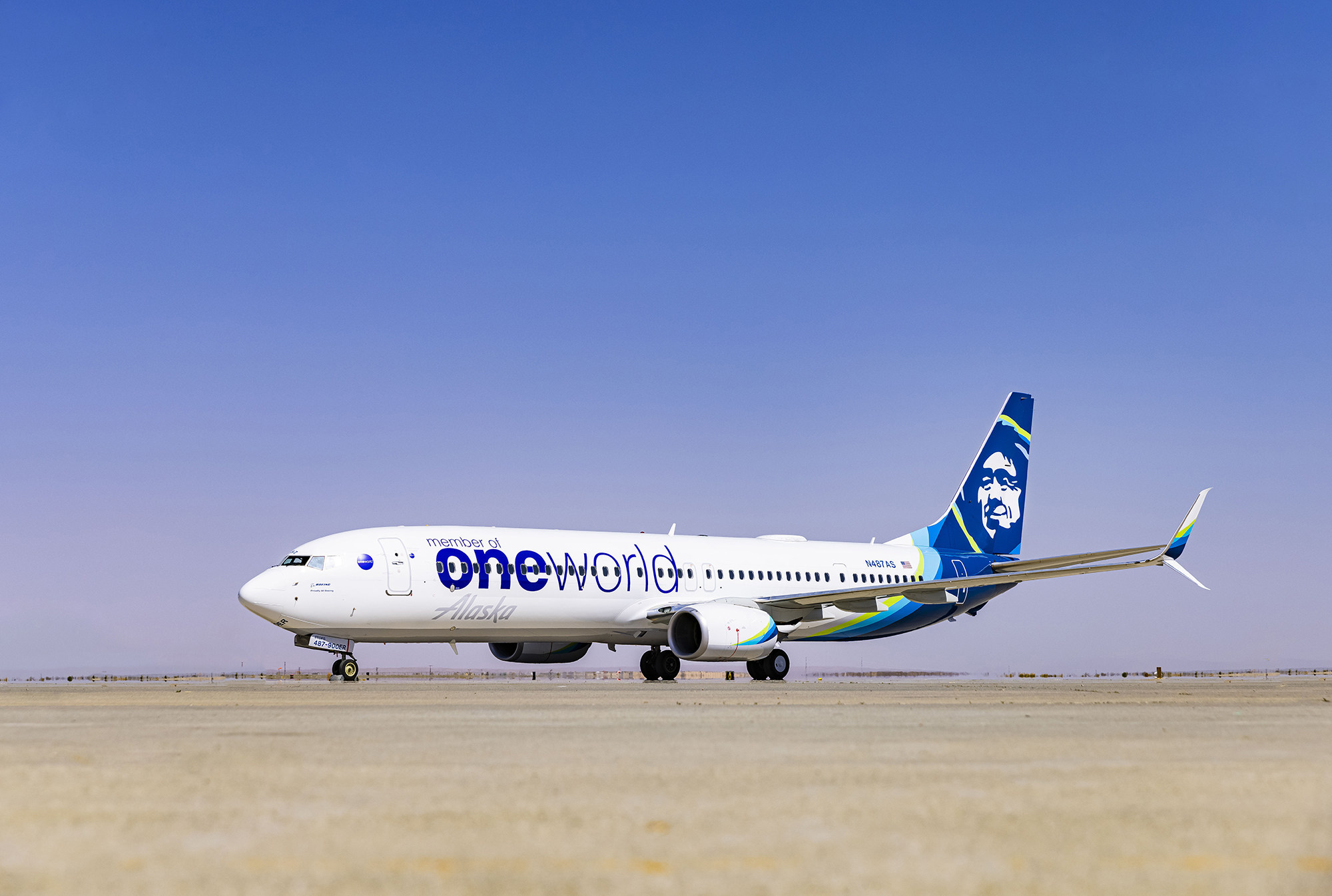
Alaska Airlines is now the 14th member of the oneworld Alliance.
Alaska has remained strong, consistently impressing travellers with their onboard service and aircraft fleet. They became the first new airline to take delivery of the Boeing 737 MAX following its grounding, and also have a growing fleet of other types.
Southwest Airlines
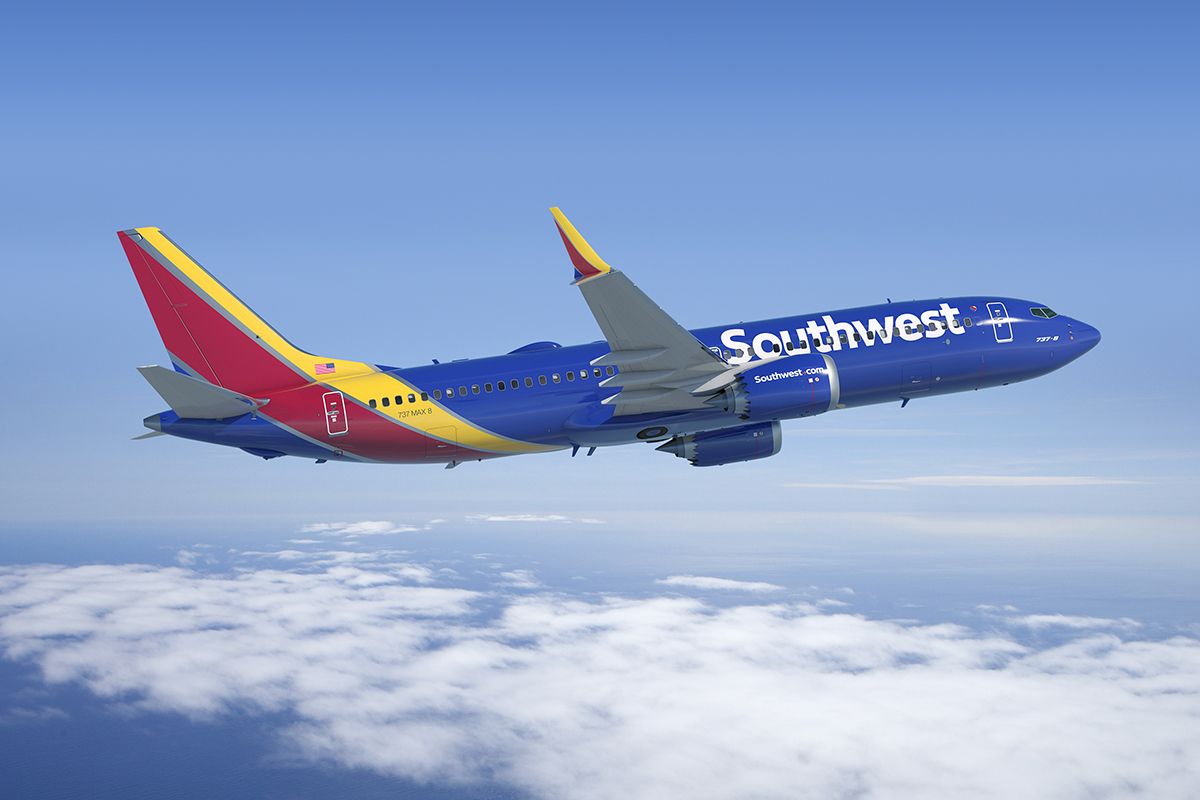
Boeing 737 MAX 8
Southwest took Covid at a steady pace, only returning when it made sense to do so. It is now growing its network again, expanding into markets like Hawaii, and taking delivery of more 737 MAX aircraft (and reactivating those ones that were stored) while accelerating the retirement of older NG models.
Starlux Airlines
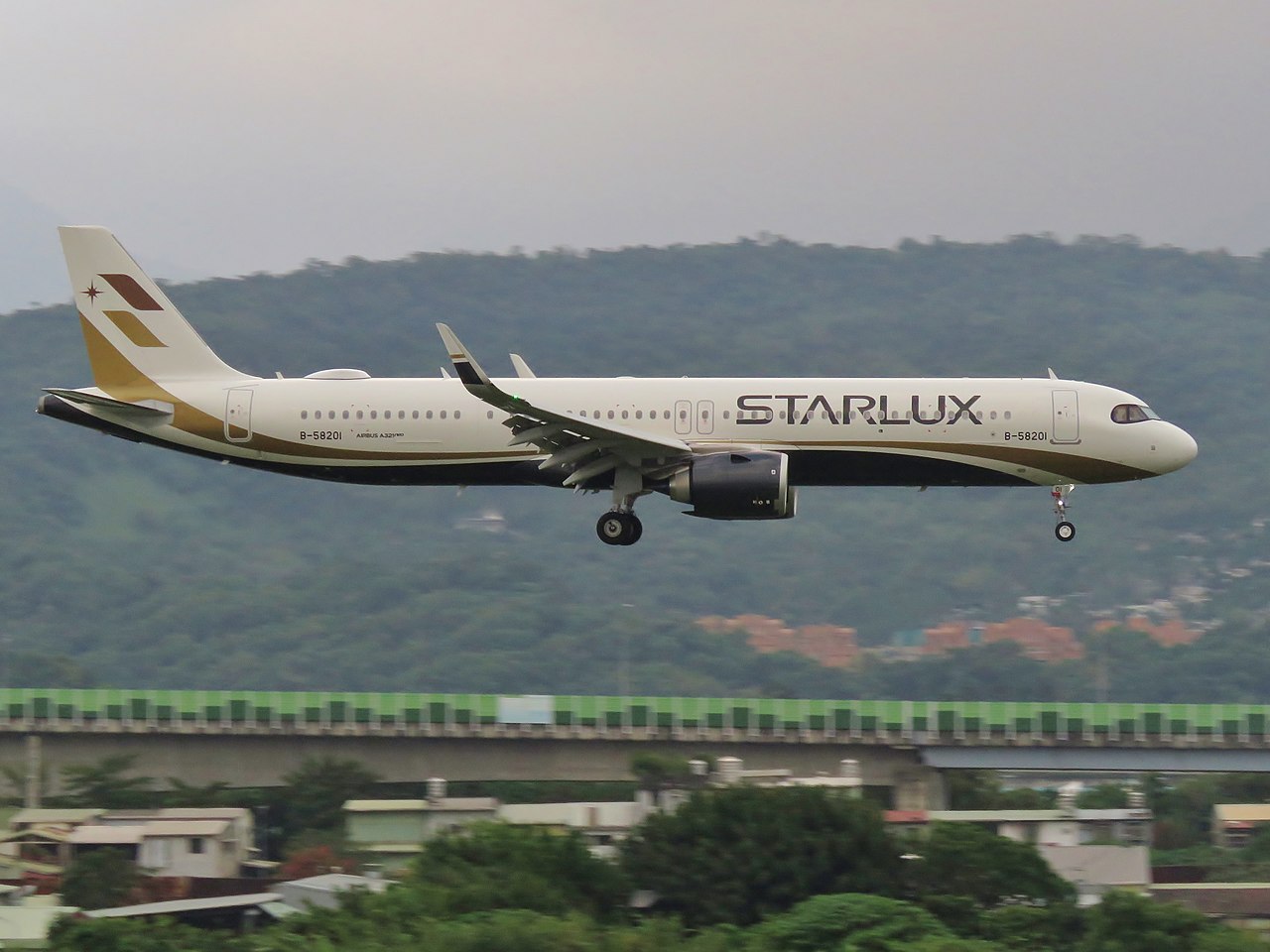
Jeffhuang0627 [CC BY-SA (https://creativecommons.org/licenses/by-sa/4.0)]
Loganair
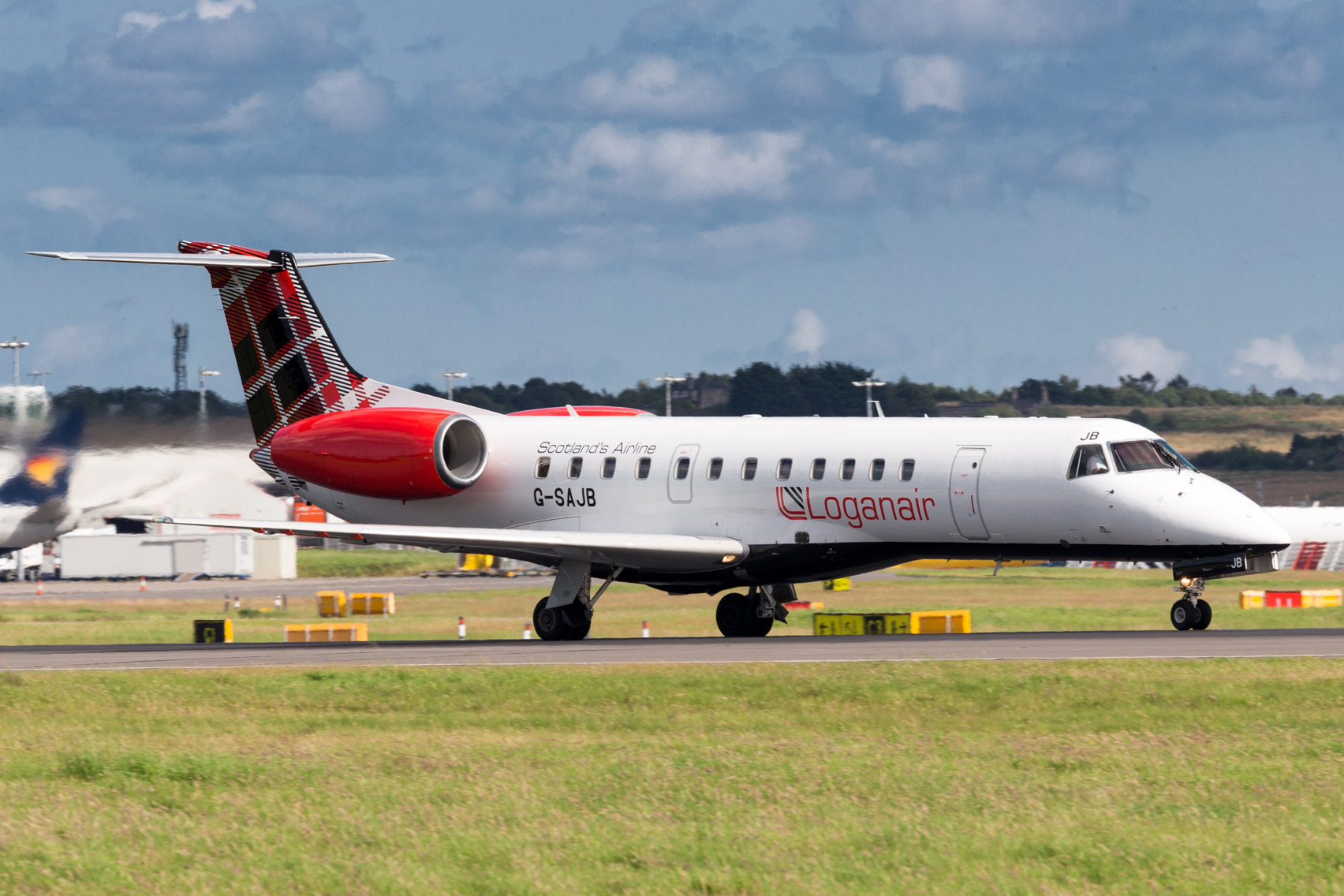
One of Europe’s oldest independent airlines, Loganair remained small and focussed on its Scottish network for years. But now that competitors like Flybe are out of the way, it is expanding to fill niche routes across the UK and into Europe. With little competition, and a fleet of smaller types, it is able to try out routes and provide connectivity combined with its excellent onboard service. Plus, it still provides those essential public service flights across the Scottish islands.
JetBlue
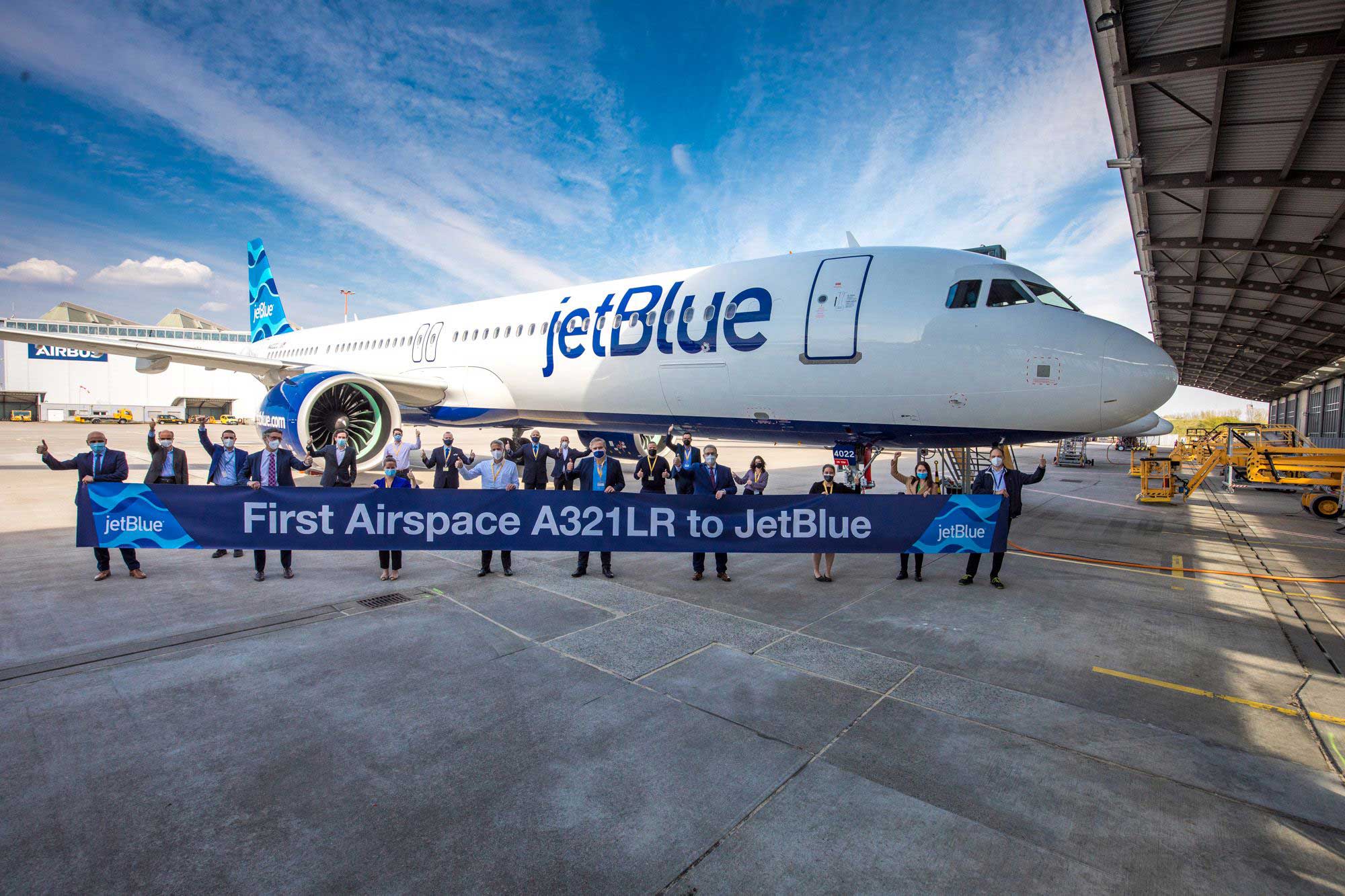
Transatlantic travel is about to be revolutionised once again with the arrival of JetBlue on key routes like New York to London, using its new narrowbody Airbus A321LR aircraft and MINT product. It is also growing domestically, replacing older Embraer aircraft with brand new Airbus A220s.
Breeze
Founded by the JetBlue founder, Breeze is about to launch services within America. It has a fleet of Embraer 190s and is treating its flight attendants like interns, which is an interesting new model for the industry. But we’re sure it’s going to be successful and shake up air travel.
Azul Linhas Aereas
There’s a trend here – another airline founded by David Neeleman of JetBlue fame. This Brazilian carrier is growing its modern fleet and presence on both domestic routes within Brazil as well as regional links across the Americas.
Wizz Air
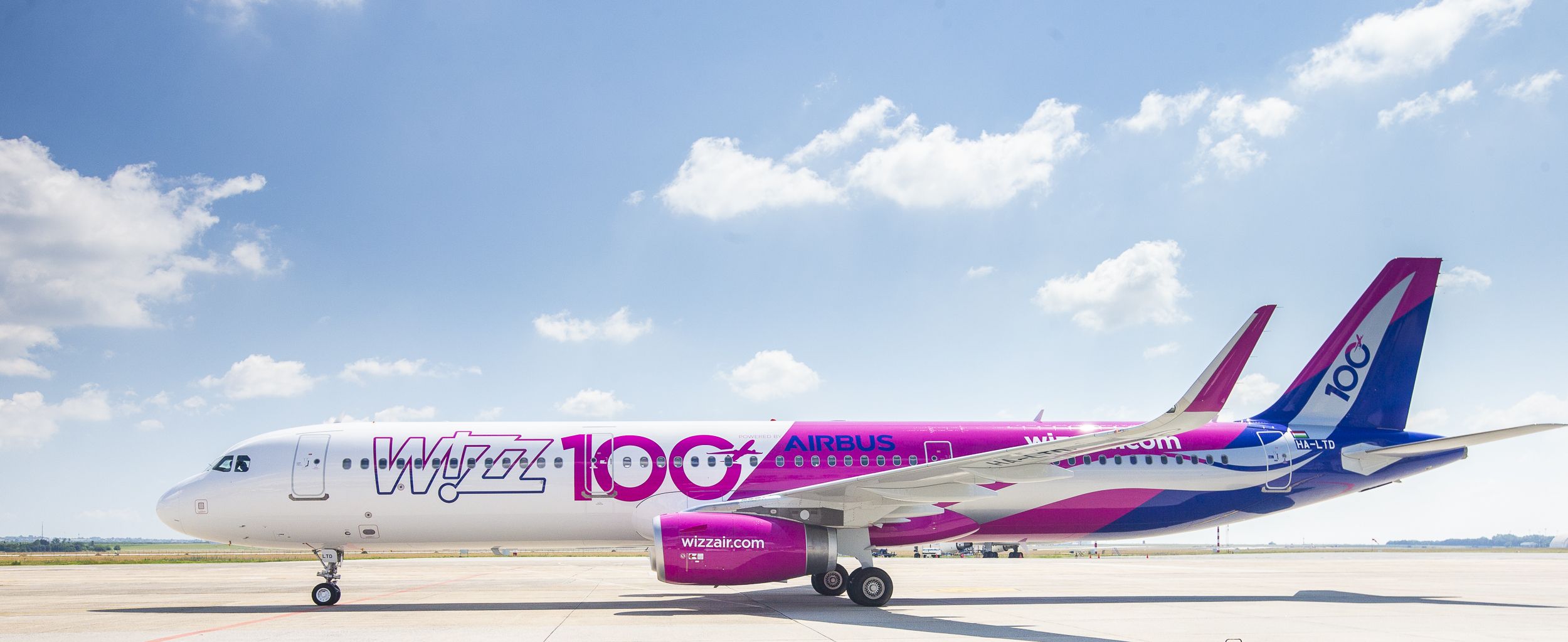
Eastern Europe’s low-cost carrier should no longer be considered simply Eastern European. During the Covid pandemic Wizz has aggressively announced expansion all over Europe and even in Abu Dhabi. It is now providing domestic and international leisure and business routes across Europe, from Scandinavia down to the Mediterranean, challenging traditional carriers who may have been caught sleeping.
Emirates
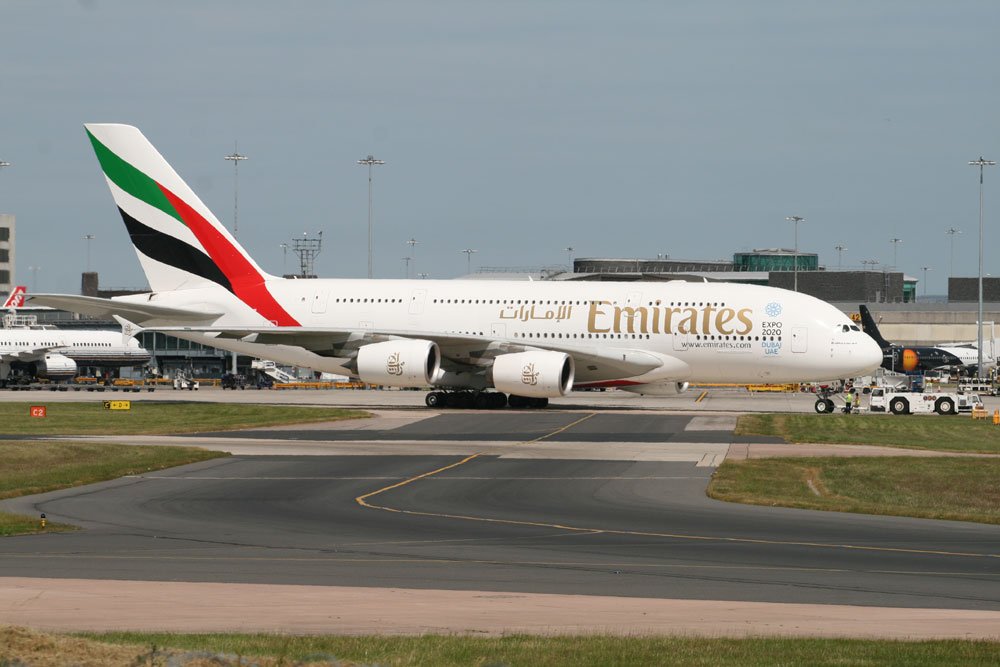
Emirates has remained laser focussed on its business during these tough times and has been realigning its strategy and future fleet requirements to make sure it is best placed to serve its changing customer base. It has remained committed to the A380, which is one reason to celebrate, whilst also adjusting its commitments for Boeing 777X, 787 and Airbus A350 types going forward.
Air Senegal
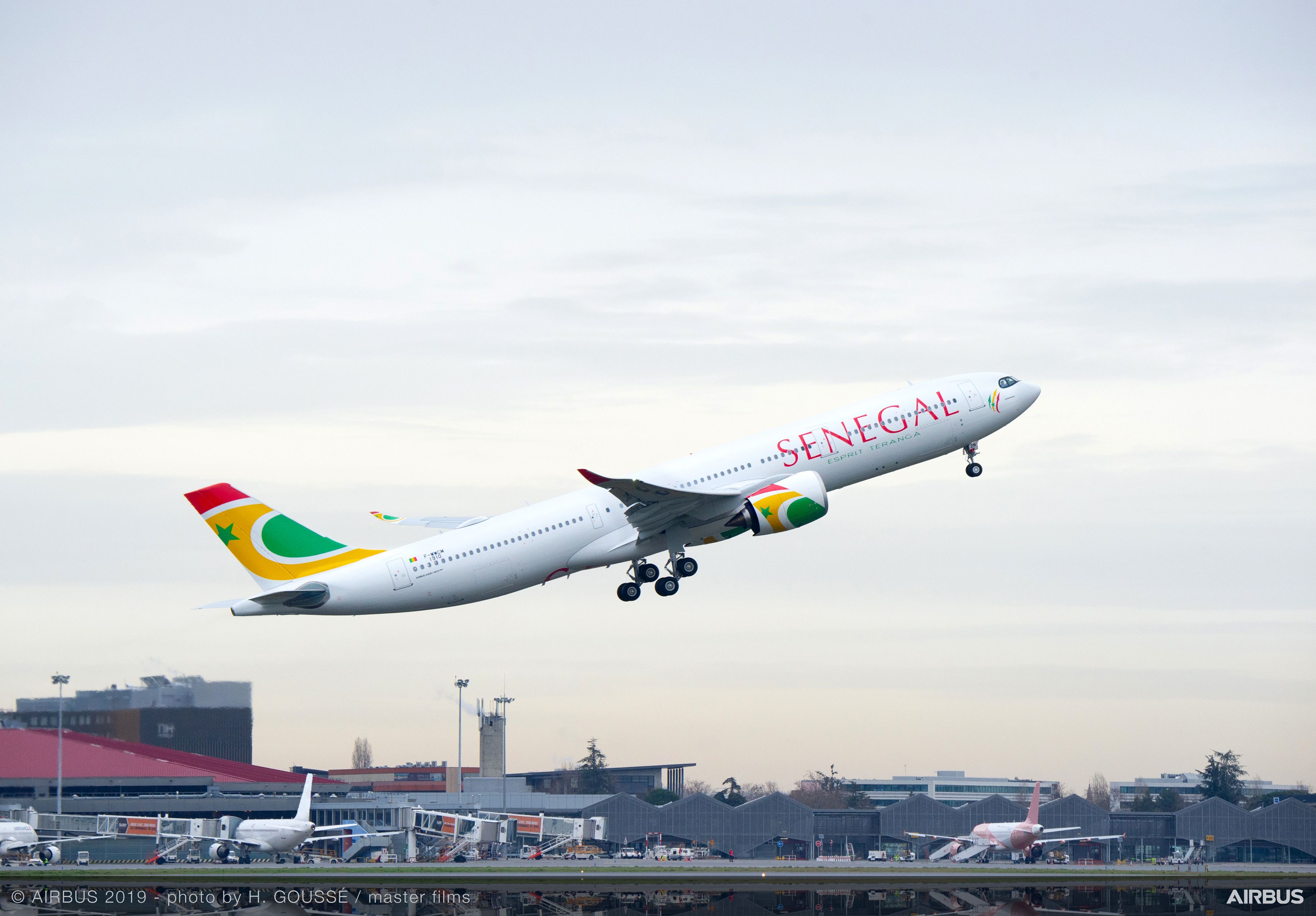
This relatively new African airline has big ambitions. After taking delivery of brand new Airbus A330-800neo aircraft, it has now announced plans to link Dakar with both New York and Washington from later this year. These routes will link into its regional network across Africa.
Turkish Airlines
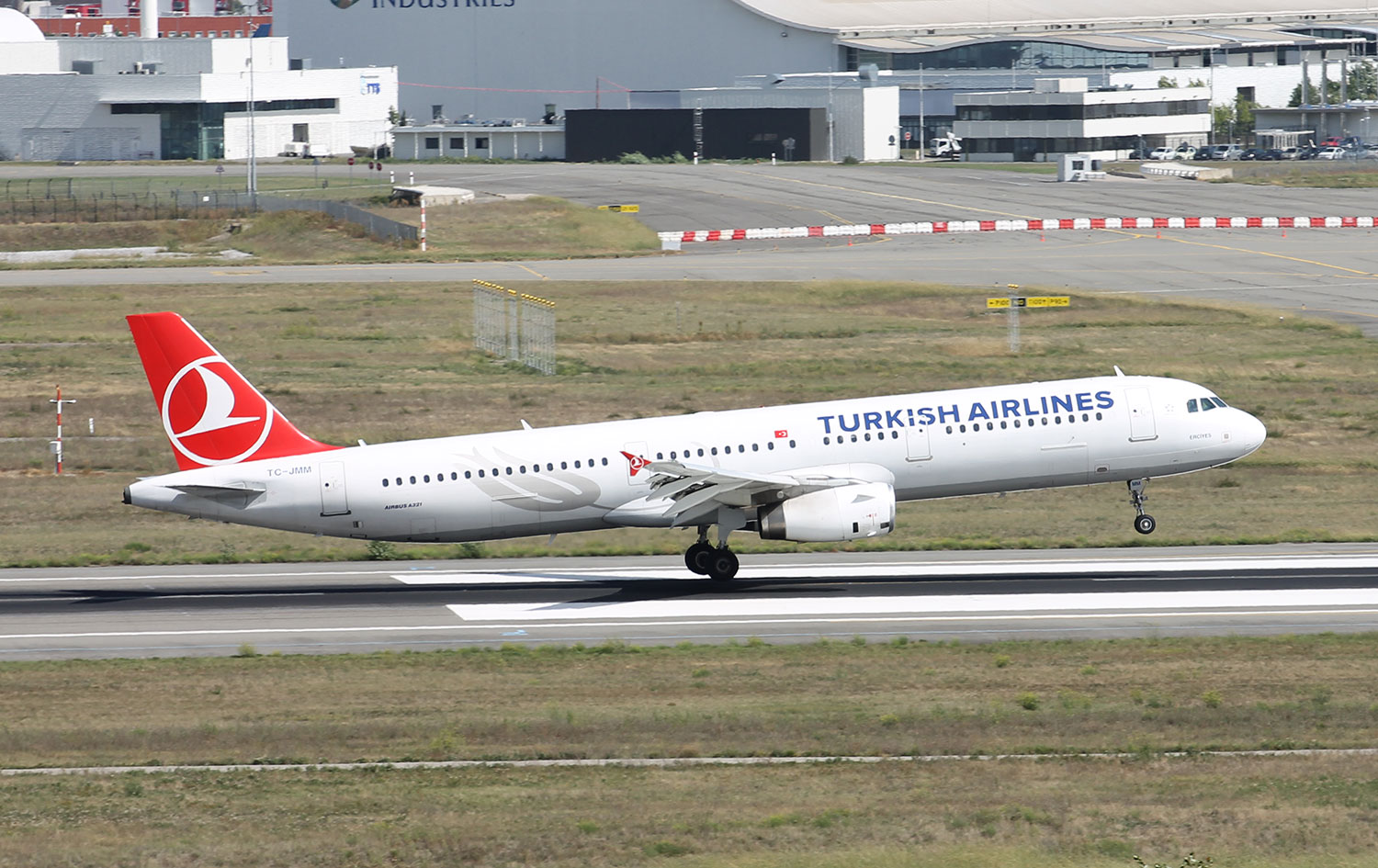
Turkish is the world’s most connected carrier, flying to more countries than any other airline. It uses its brand new airport base at Istanbul, and has a modern fleet adding types like the Airbus A350 and Boeing 787. While it has been restricted like all airlines during lockdown, it is poised to bounce back.
airBaltic
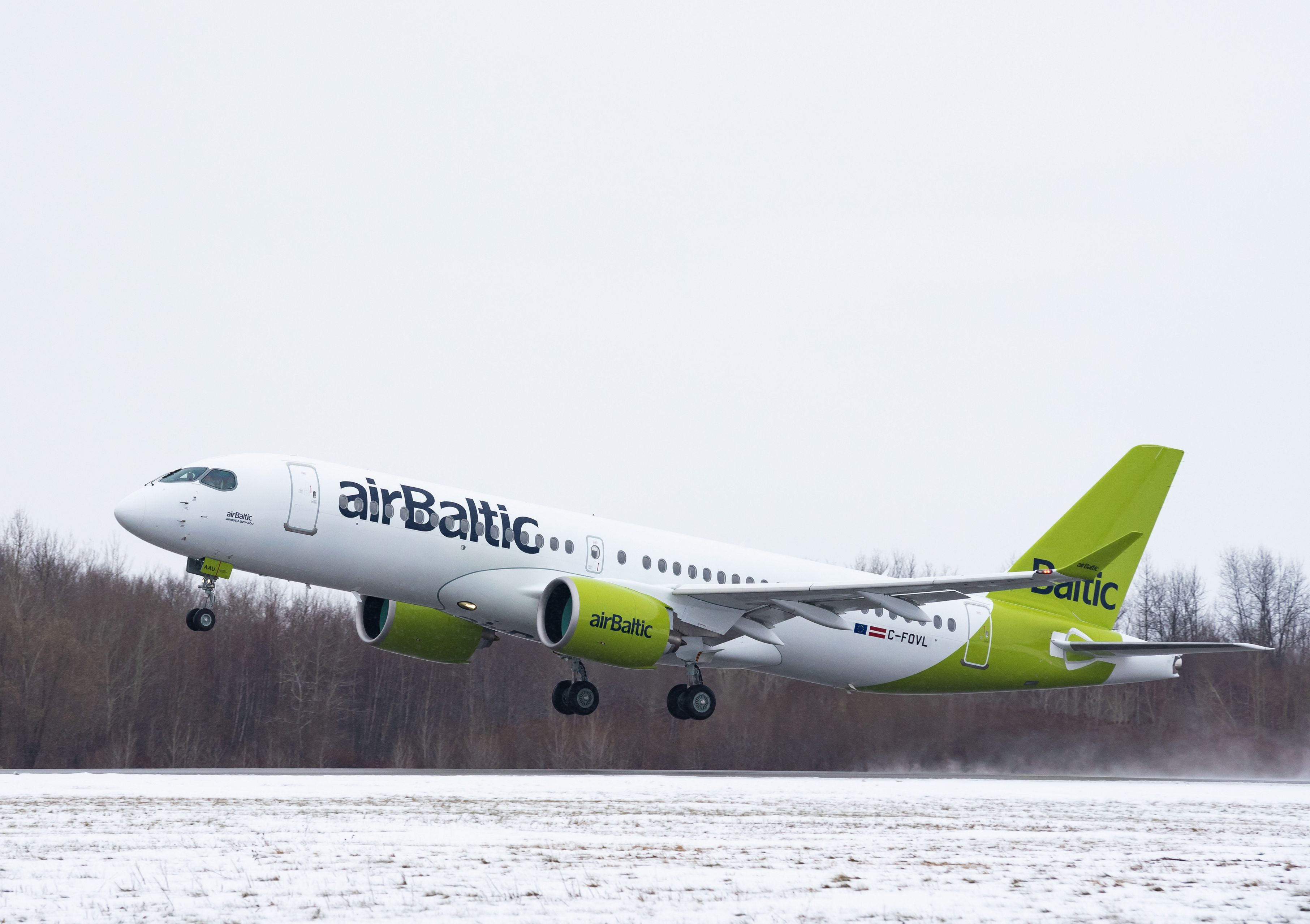
This small carrier based at Riga, and also operating out of Tallinn and Vilnius, has been working hard to re-establish itself as an important and profitable airline providing point-to-point and hub flights throughout Europe. It is now focussed entirely on its modern Airbus A220 fleet and is even expanding into the Middle East.
ANA All Nippon Airways
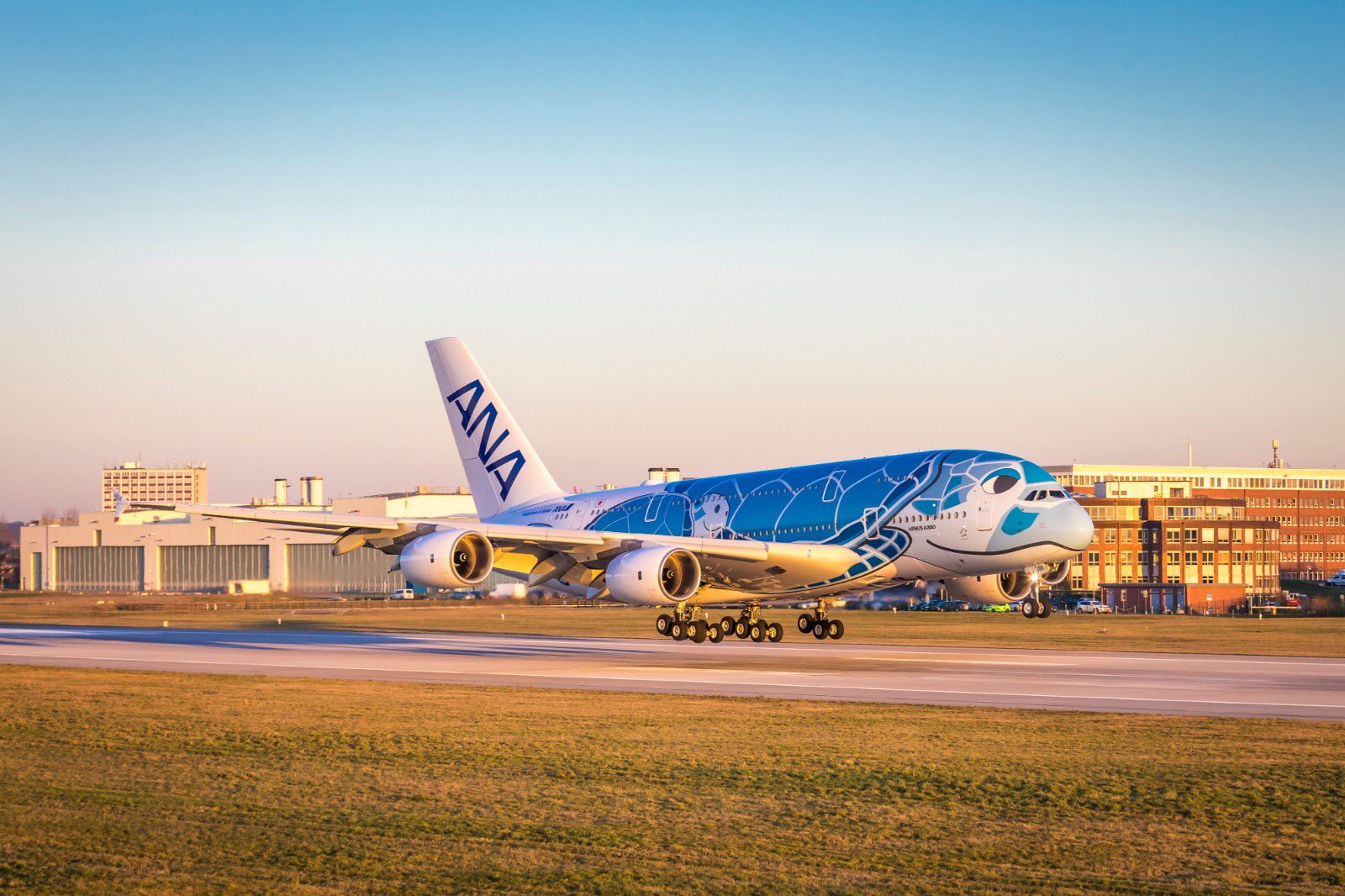
One of Japan’s two main airlines, ANA is another carrier that has remained committed to its relatively new Airbus A380 fleet. It has also been realigning its domestic fleet and retiring older types to remain relevant and streamlined as the travel industry changes.
Fiji Airways
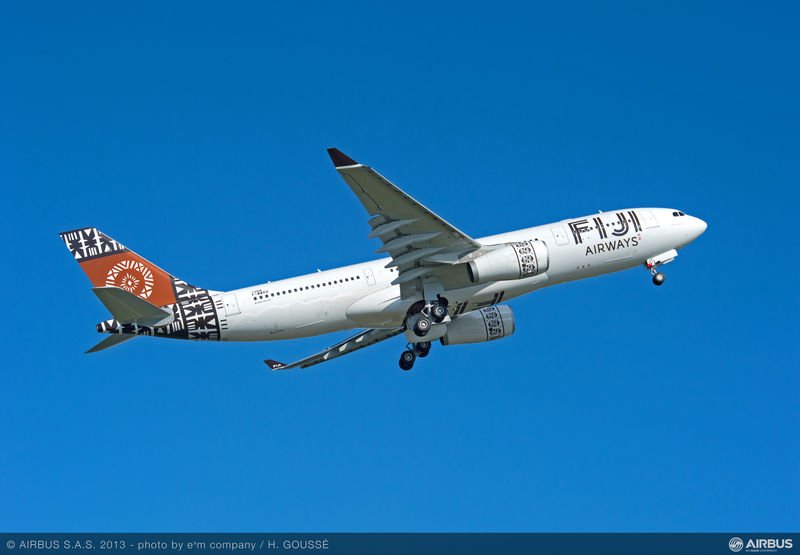
Emerging from lockdown, Fiji Airways is again expanding its network to bring greater connectivity between this tiny island nation and Asia and Australasia. It has modern Airbus A350 and Boeing 737 MAX aircraft and great onboard service.
HiSky Airlines
Despite a rocky start, HiSky has ambitious plans for growth. As Europe’s newest low cost airline, this Modovan carrier has a fleet of Airbus A320 aircraft which it intends to use connecting cities across East and West Europe, as well as Africa and the Middle East, challenging the established carriers.
WestJet
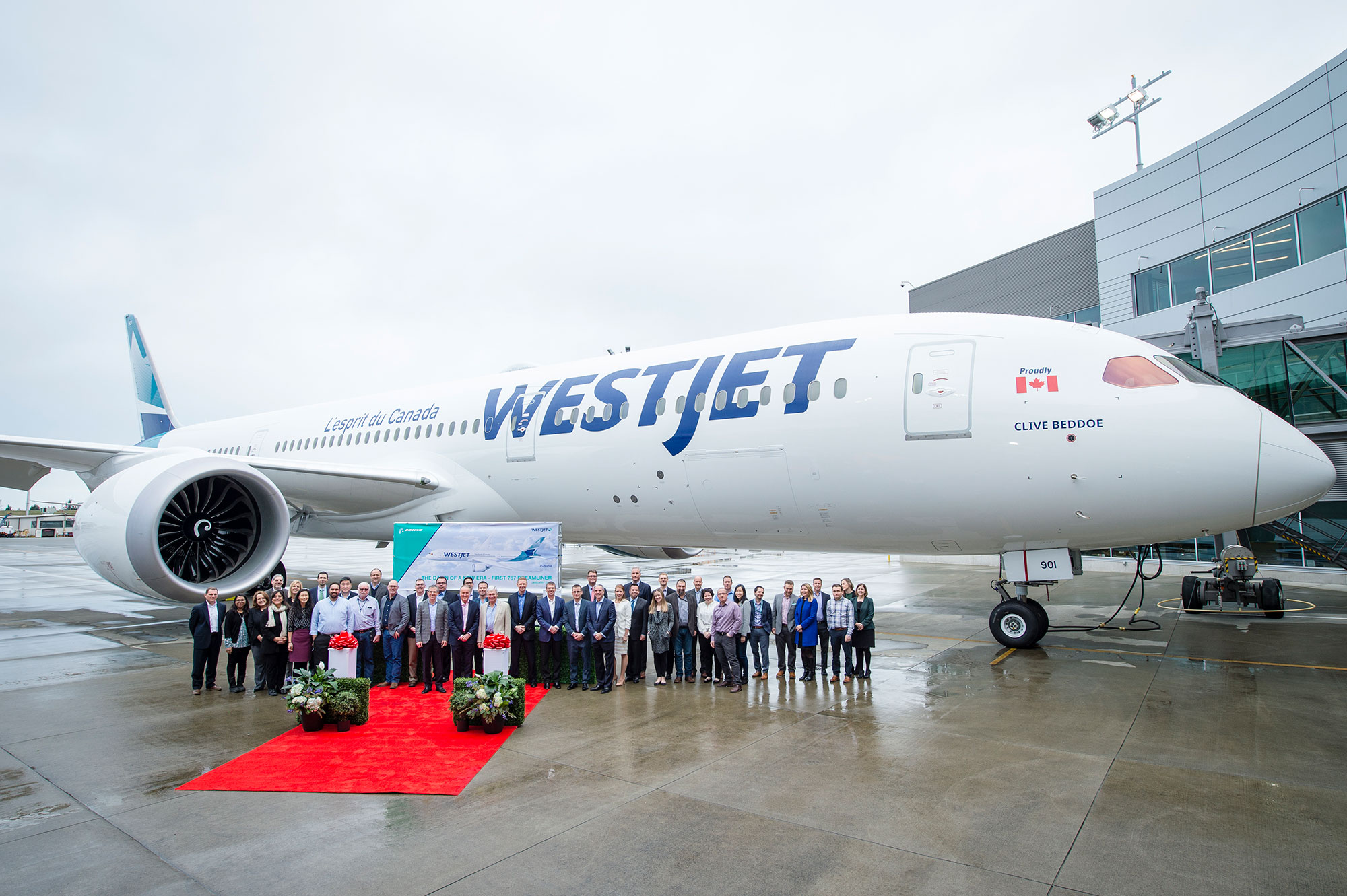
WestJet Dreamliner C-GUDH
Canada’s major rival to Air Canada and Air Transat is WestJet. While technically a low cost airline, it also provides essential scheduled services across Canada, and leisure services across the Atlantic to Europe. It is adding more modern types like the Boeing 737 MAX and 787 Dreamliner and improving its service all the time.
Bamboo Airways
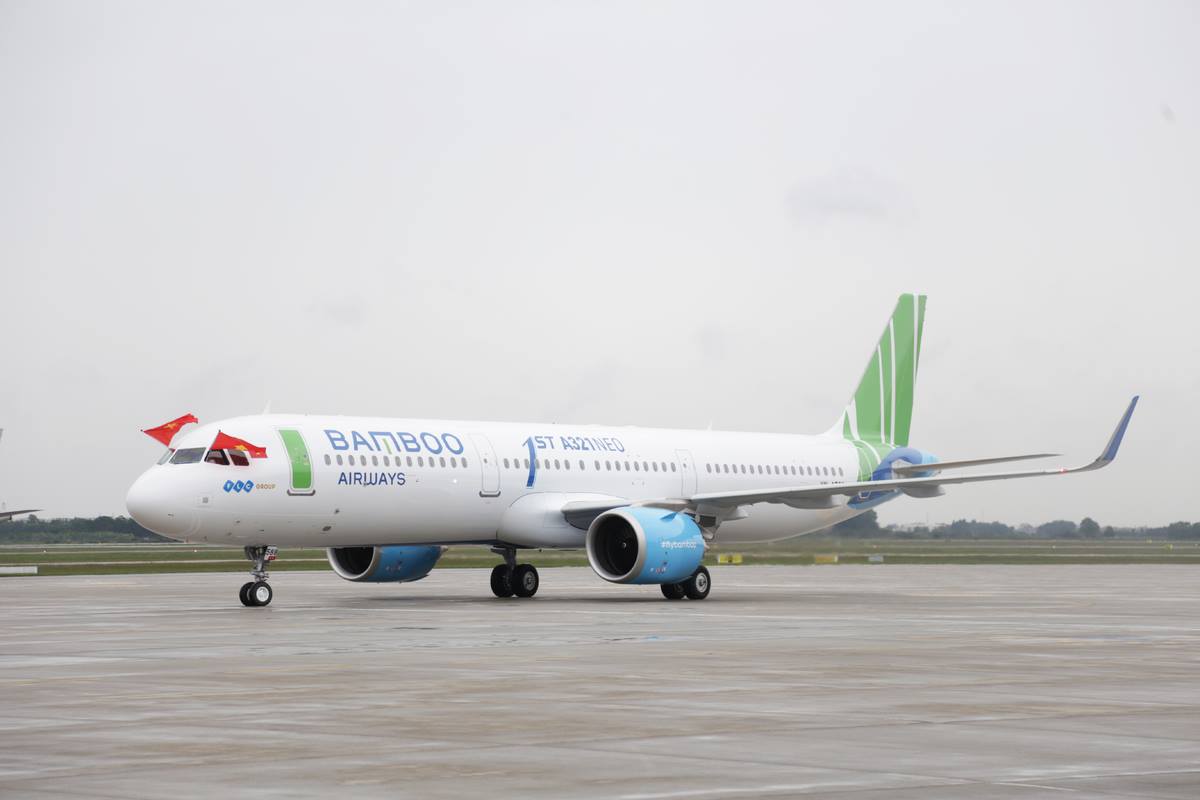
Tokimvuong [CC BY-SA (https://creativecommons.org/licenses/by-sa/4.0)]
Singapore Airlines
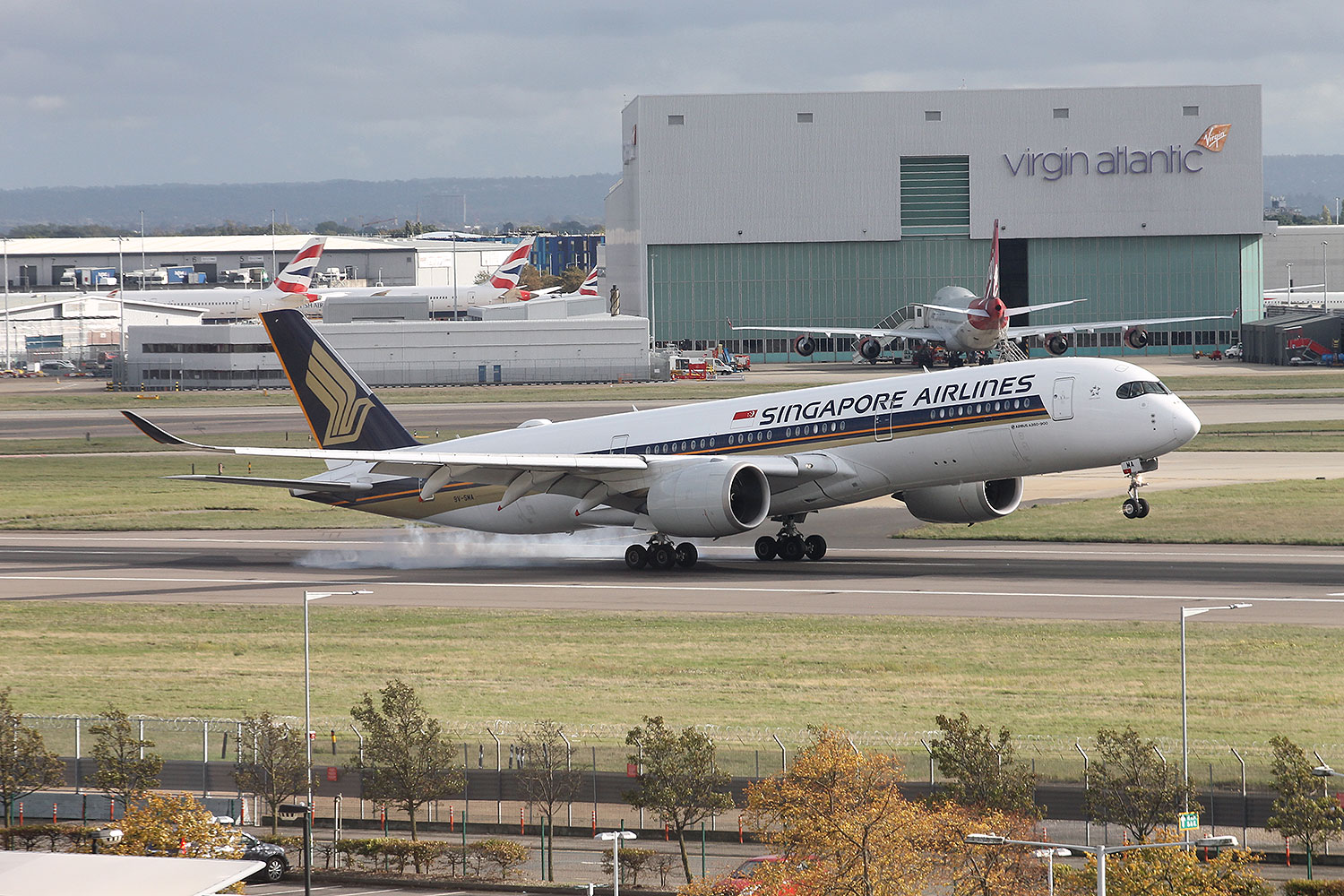
When lockdown hit, Singapore Airlines sent much of its fleet to storage, or even disposal. The future of its A380 super jumbos was uncertain, as well as that of its ultra-long-haul A350ULR route to New York. But now things seem to be getting better. Some A380s have been brought out of storage and are having their interiors modernised, and now that Singapore is merging with its parker Silk Air, we’re even seeing Boeing 737-800s and MAX 8s appearing in the parent carrier’s livery.
Cathay Pacific
Always a well respected airline with a fantastic hub at Hong Kong airport. Cathay Pacific cut a lot of its network during the pandemic, and has culled its fleet. It even closed down its Cathay Dragon subsdiary. As a result it is taking on narrowbody aircraft for the first time in decades, as Airbus A320neos join the fleet. Hopefully we’ll see this airline return to full strength soon.
Vistara
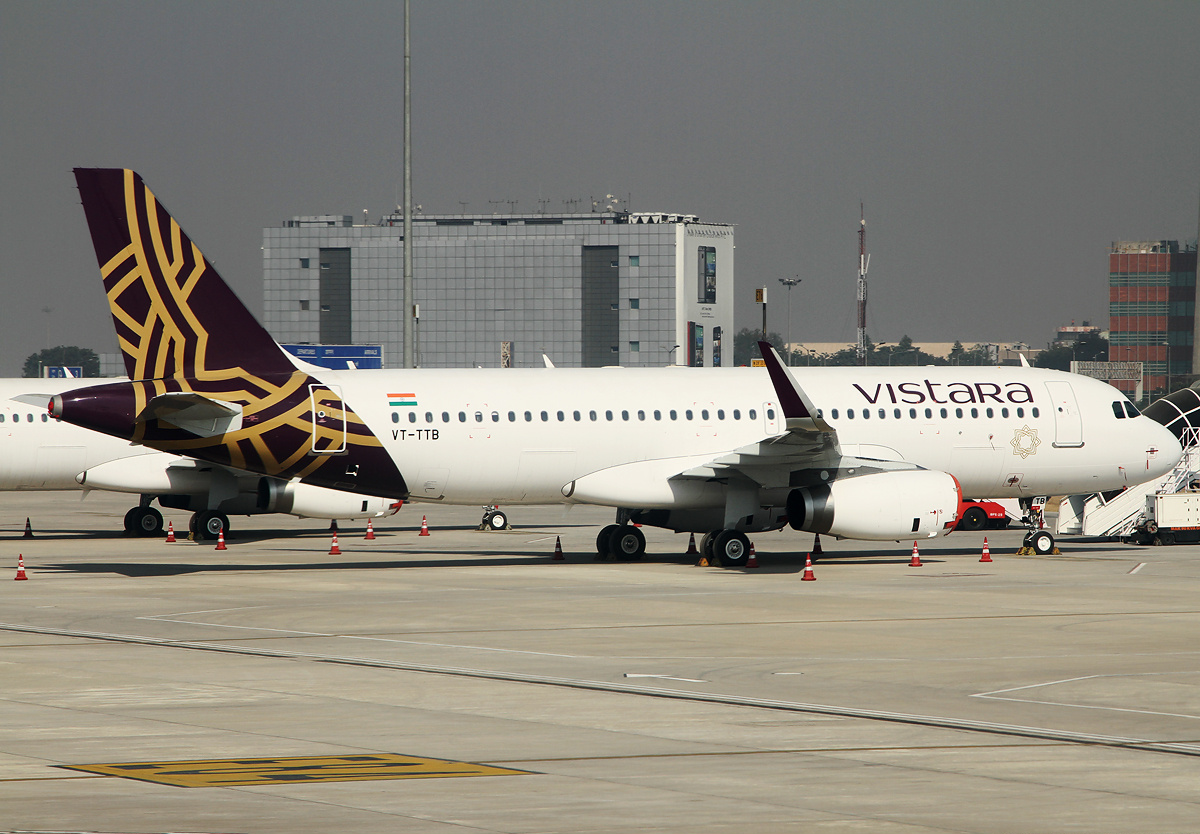
Tamás Vékony [GFDL (http://www.gnu.org/copyleft/fdl.html) or GFDL (http://www.gnu.org/copyleft/fdl.html)]
IndiGo
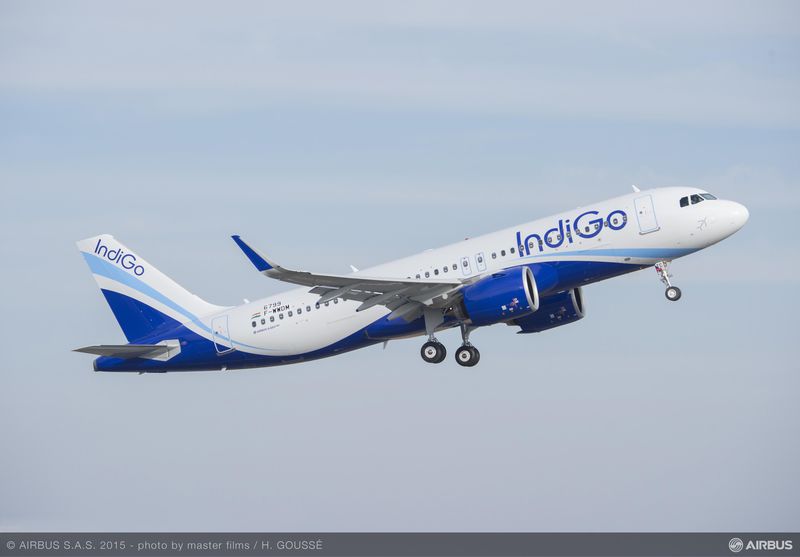
One of a number of Indian airlines that are showing significant ambition for growth after years of relative stagnation. IndiGo is a low-cost airline, and it is adding more brand new Airbus A320neo and A321neo types, expanding its network across the Middle East and even into Europe. It is also looking to add converted freighters to diversify its business.
Flydubai
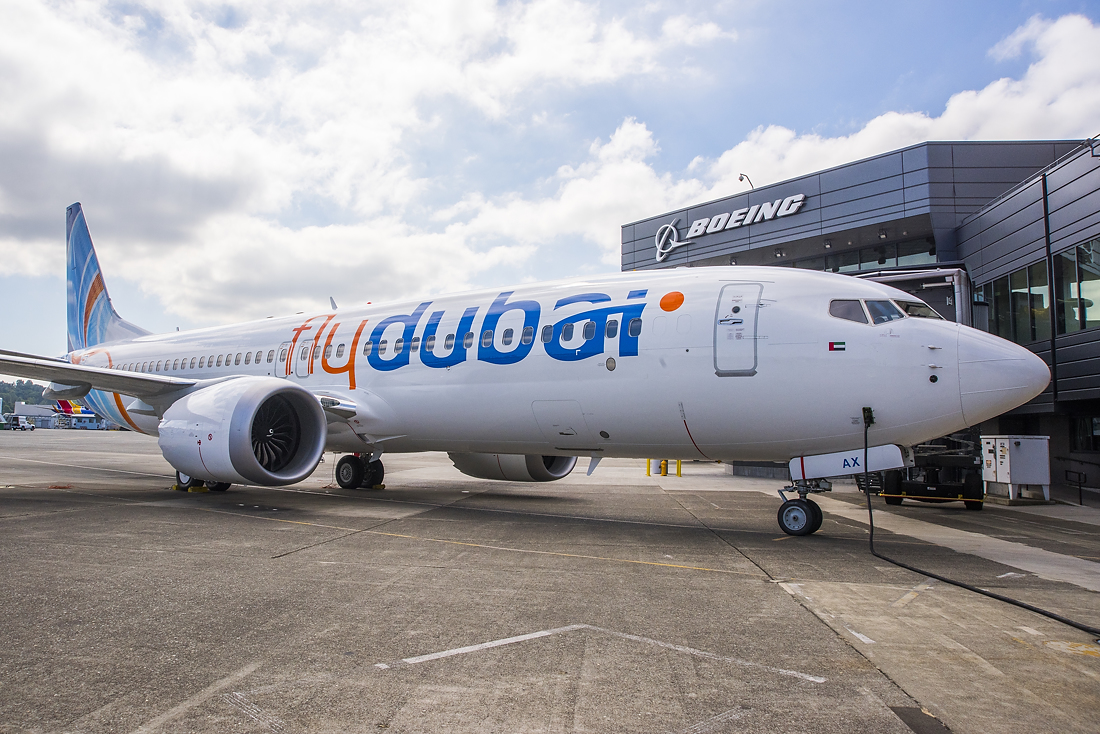
Emirates’ low-cost subsidiary has been hit hard, with both Covid and the Boeing 737 MAX grounding severely restricting its operations. But with both now cleared to fly, it is once again getting back to its wide network, even adding more links in Europe and Russia.
Swiss
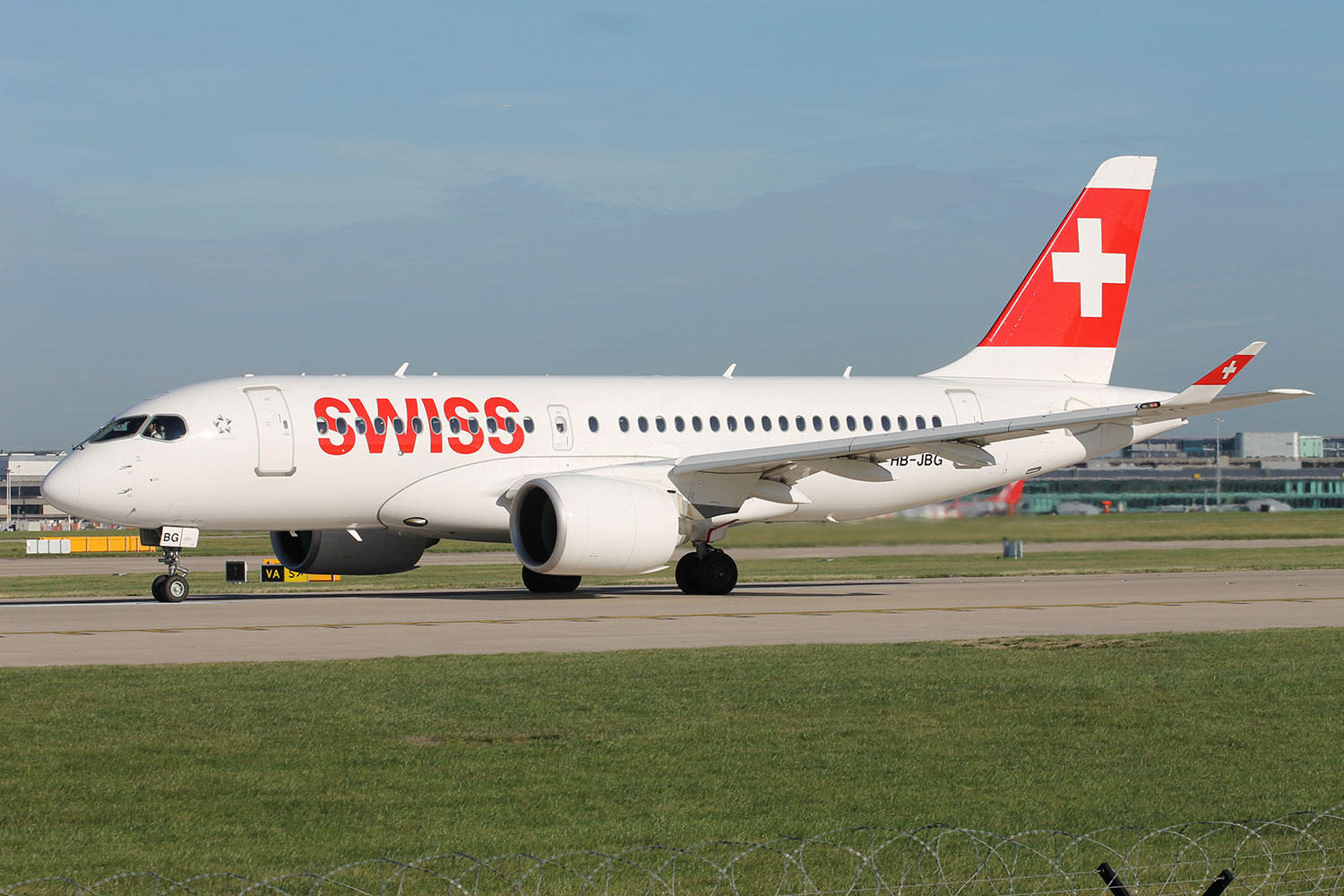
Swiss has long been one of Europe’s most respected airlines, with great service and network. Its fleet is fairly modern, although avgeeks still get the chance to enjoy older Airbus A340-300s on some routes. Zurich and Geneva are both excellent airports to fly through.
Aer Lingus
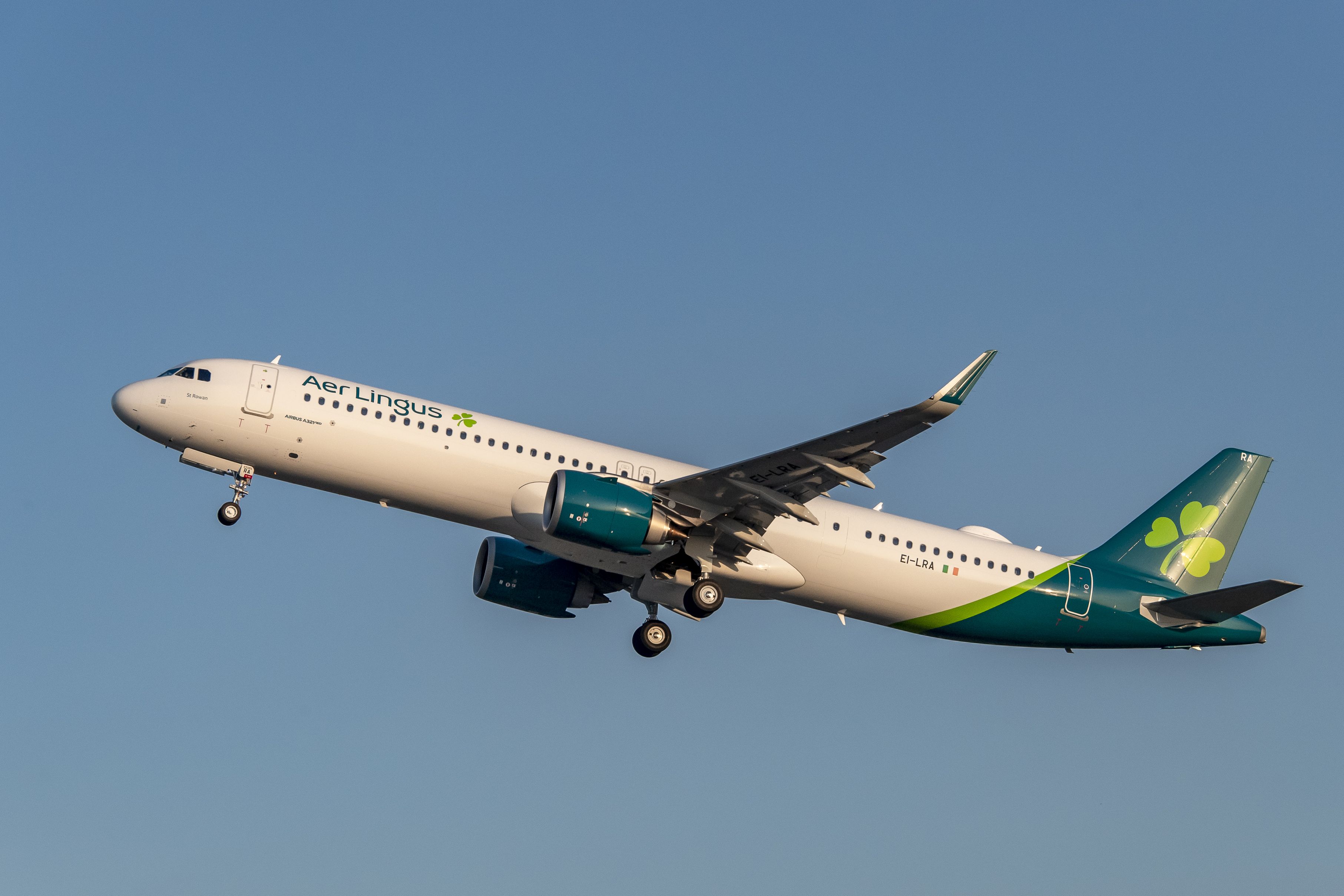
Obviously benefitting from being owned by IAG, Aer Lingus is strategically focussing on grown as we emerge from restrictions. Its transatlantic and European network from Dublin has always been good, and now it is expanding into the UK with a new base at Manchester due to start. From here you can fly to the United States with Airbus A330 and brand new A321LR aircraft.
TAP Portugal
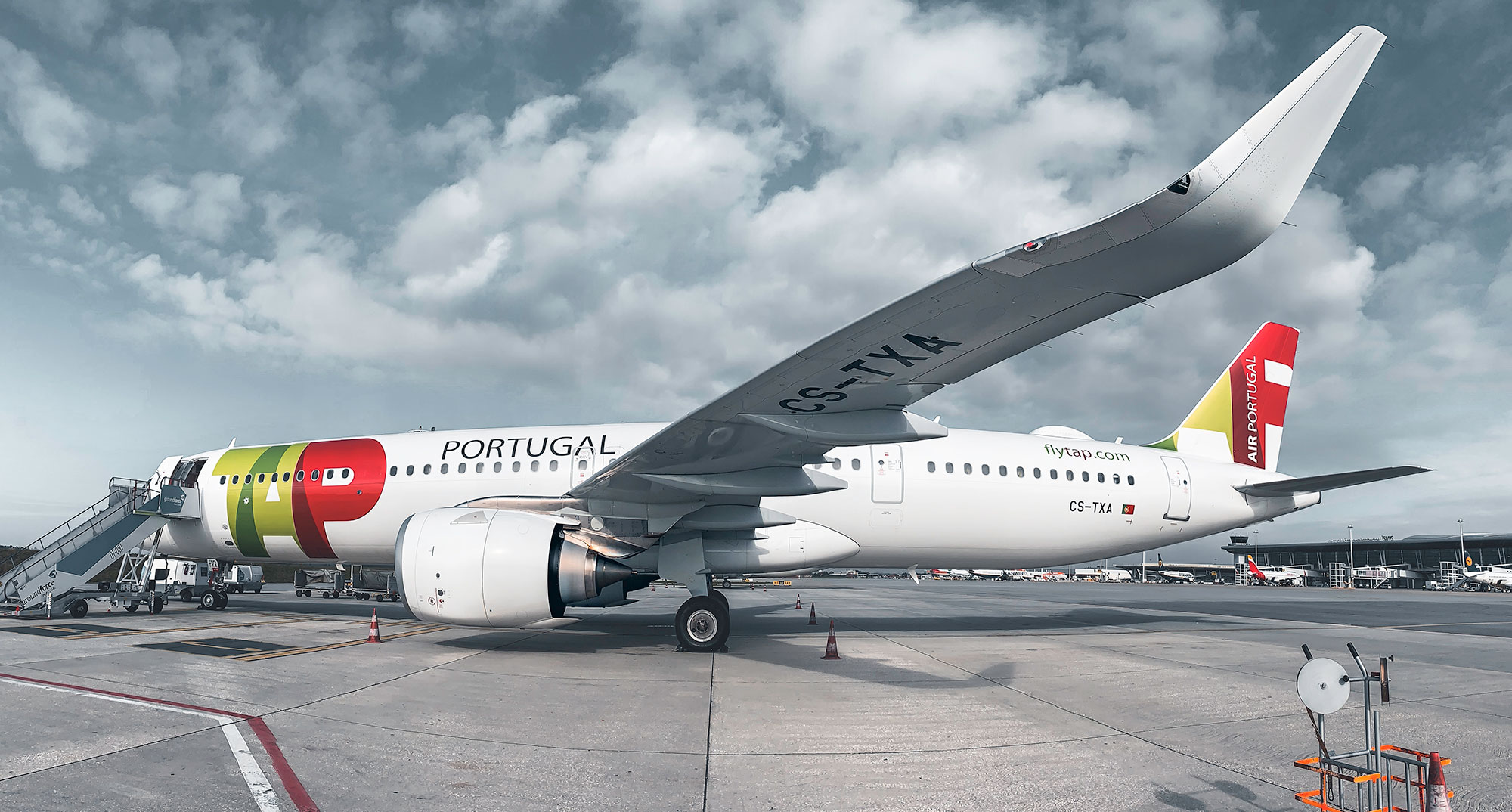
Like Aer Lingus, TAP Portugal is growing its transatlantic network thanks to the economical use of Airbus A321LR and A330neo aircraft. As such, you can link through its Lisbon and Porto bases to destinations across North and South America, as well as Africa, with great prices and onboard service. It’s easy to do this via its European network.
Wideroe
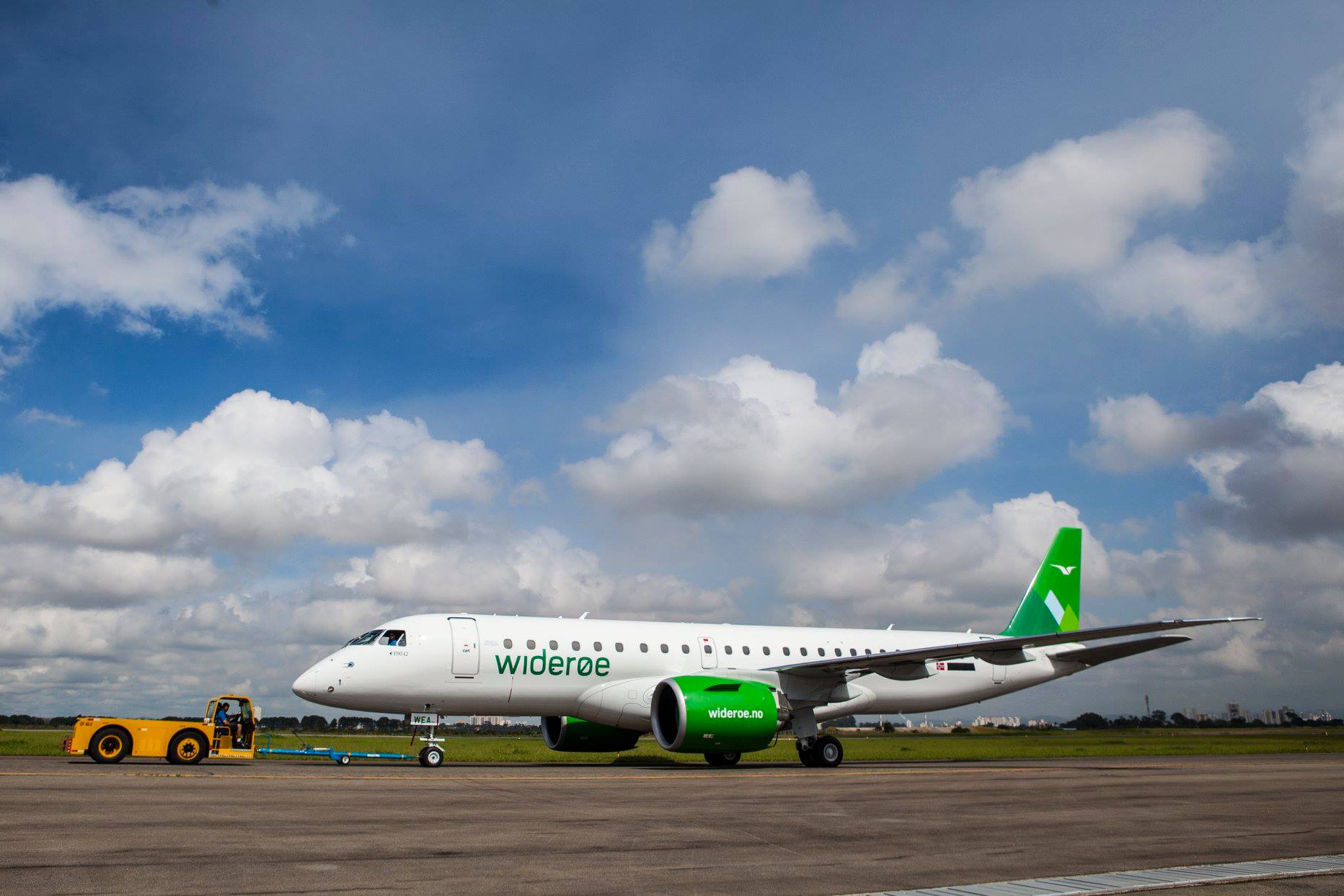
Even during lockdowns, Wideroe’s relevance has not waned. Thanks to Norway’s rugged and remote landscape, the need for air services to these small communities has never been more essential. Its nice little fleet of Dash 8 turboprops plies their way up and down the fjords, and the airline even has some brand new Embraer E2 jets for its international services.
SpiceJet
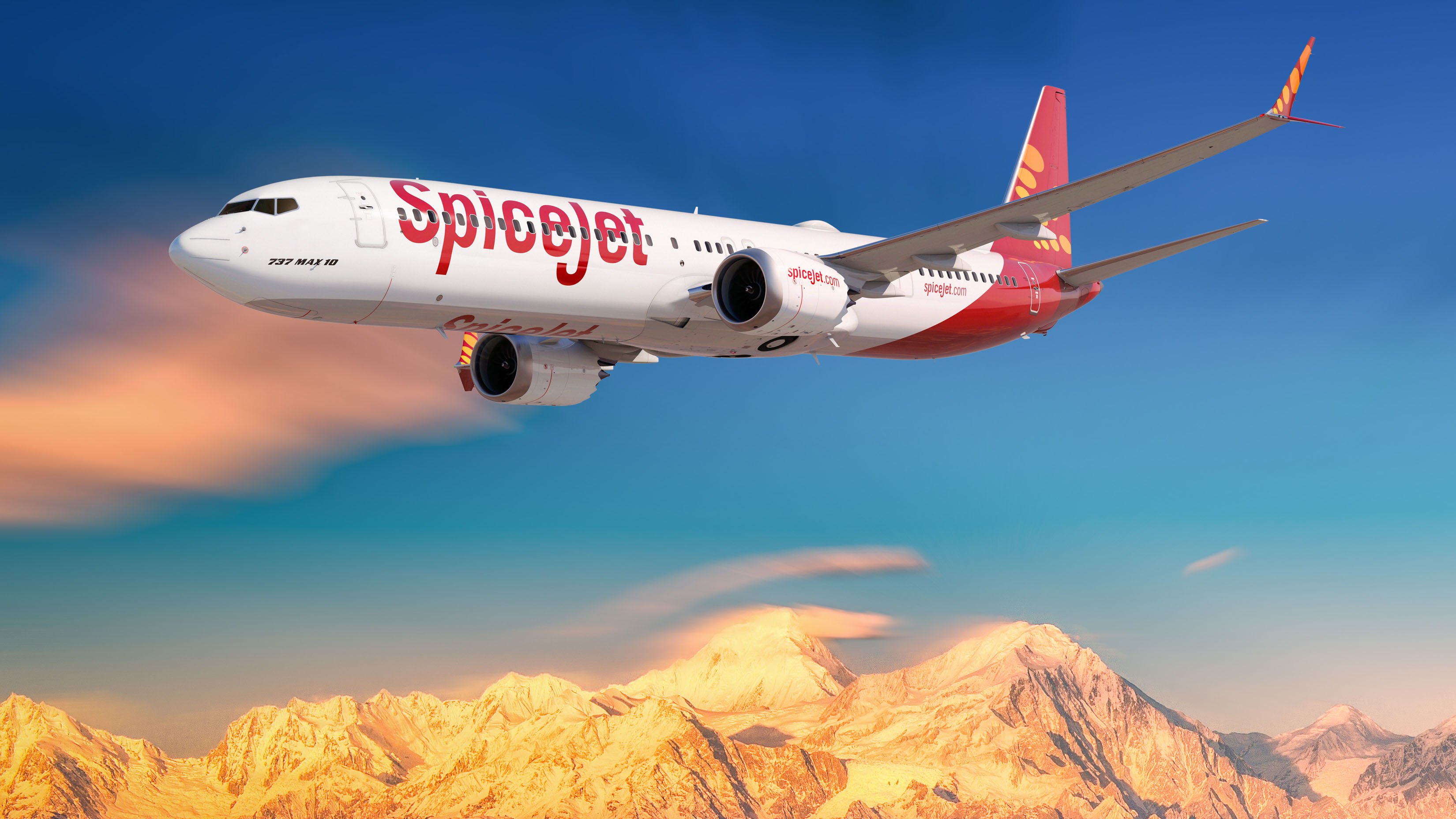
Another Indian carrier which is growing. SpiceJet has traditionally offered domestic and regional flights, but is now taking advantage of the air travel market being turned upside down by expanding into Europe. Its first route is set to be London Heathrow, and initially the carrier will be using leased Airbus A330s, but this has been delayed at the moment.
Cape Air
One of America’s most interesting airlines. Cape Air provides essential air services and links to remoter communities in New England and the Mid West. It operates a fleet of small twin prop aircraft, but interestingly is now adding brand new P2012 Traveller aircraft. You can be sure of visiting some unusual airports and seeing some amazing scenery on many of their routes.
REX
REX, or Regional Express, is an Australian airline which has existed in its own niche for many years. It provides essential air services linking remote communities with major hubs like Sydney. But since the pandemic and downturn in aviation (as well as Virgin Australia’s bankruptcy) it has grabbed the opportunity to launch into the lucrative domestic trunk network. It has acquired second-hand Boeing 737-800 aircraft and is now linking cities like Brisbane, Melbourne and Sydney, going up against the main carriers with their low fares.
Virgin Atlantic
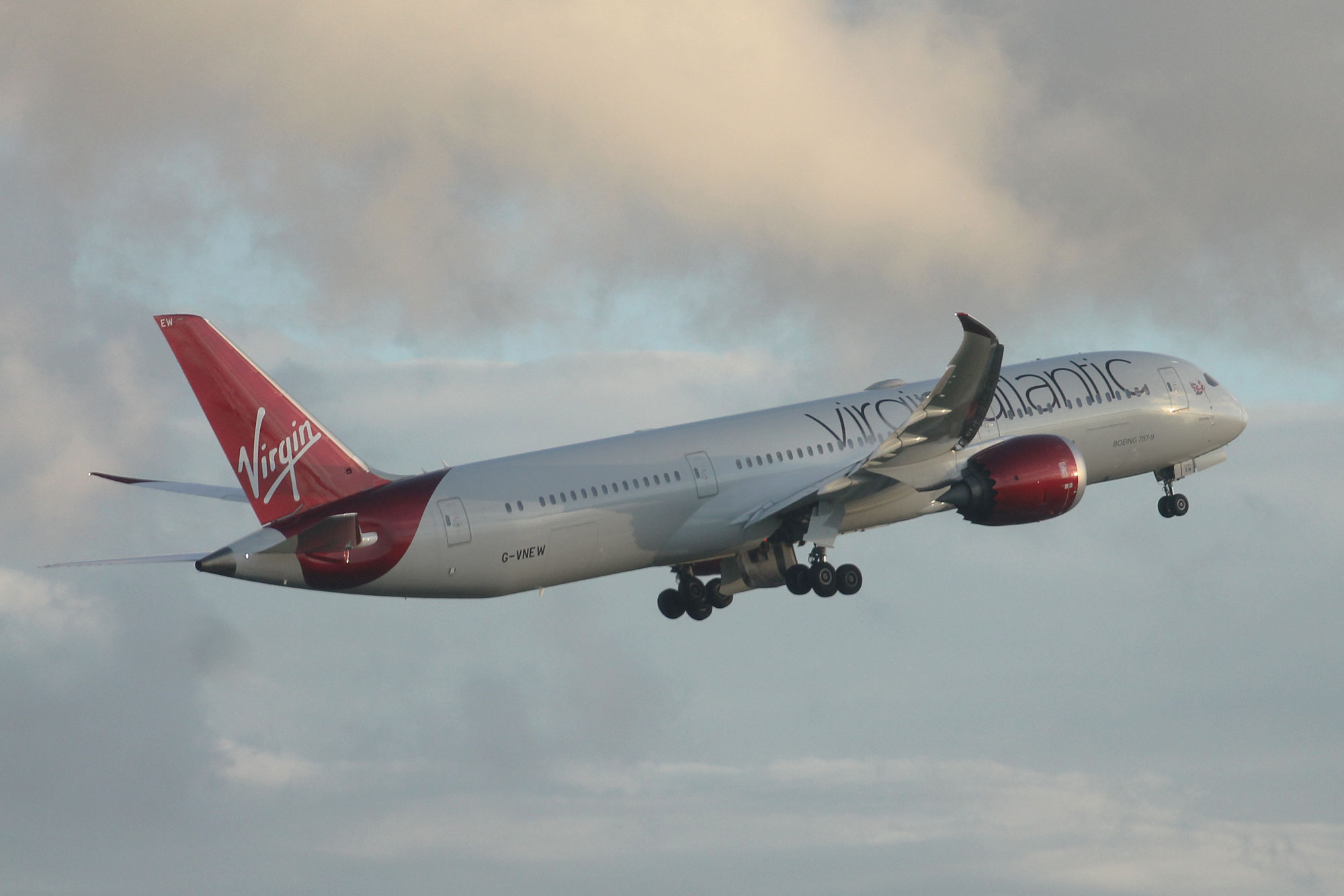
Lockdown hit Virgin Atlantic hard, but thanks to raising finance and being clever with its customer offerings, it seems to have weathered the storm. Now, with its modern fleet, it is once again offering its long-haul network from London Heathrow, Gatwick and Manchester, and even adding interesting new routes to try out.
Qatar Airways
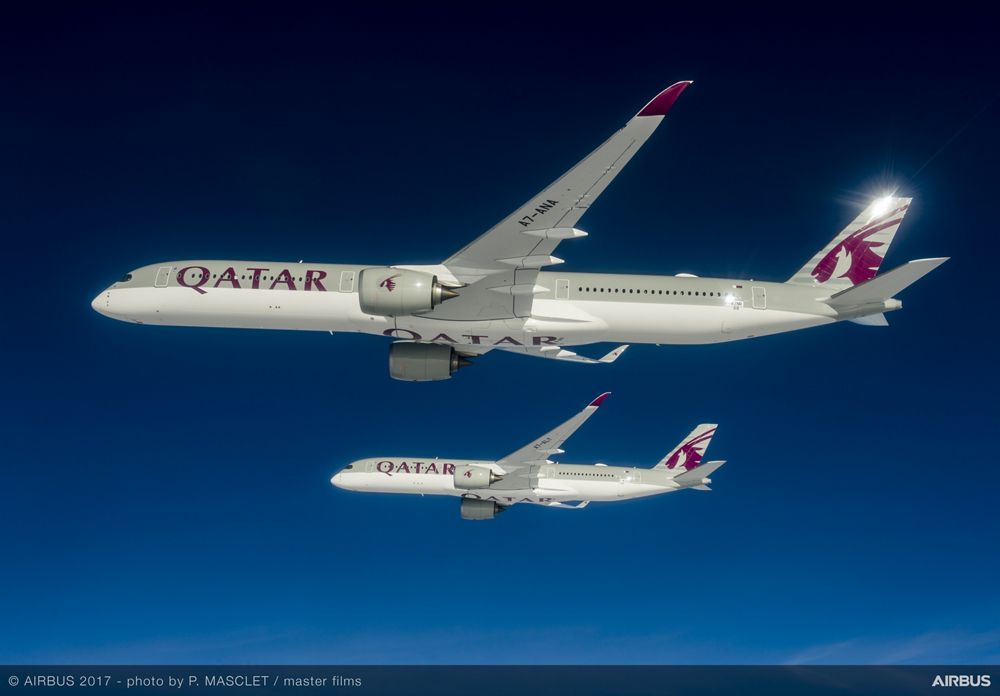
While it’s unlikely Qatar Airways will fly its A380s again, there are still things to enjoy about this Middle East carrier. Its onboard service and Doha hub are both excellent, and it uses very modern aircraft. It also has a widespread network across all parts of the world, and thankfully it no longer needs to fly around Saudi Arabia and UAE airspace.
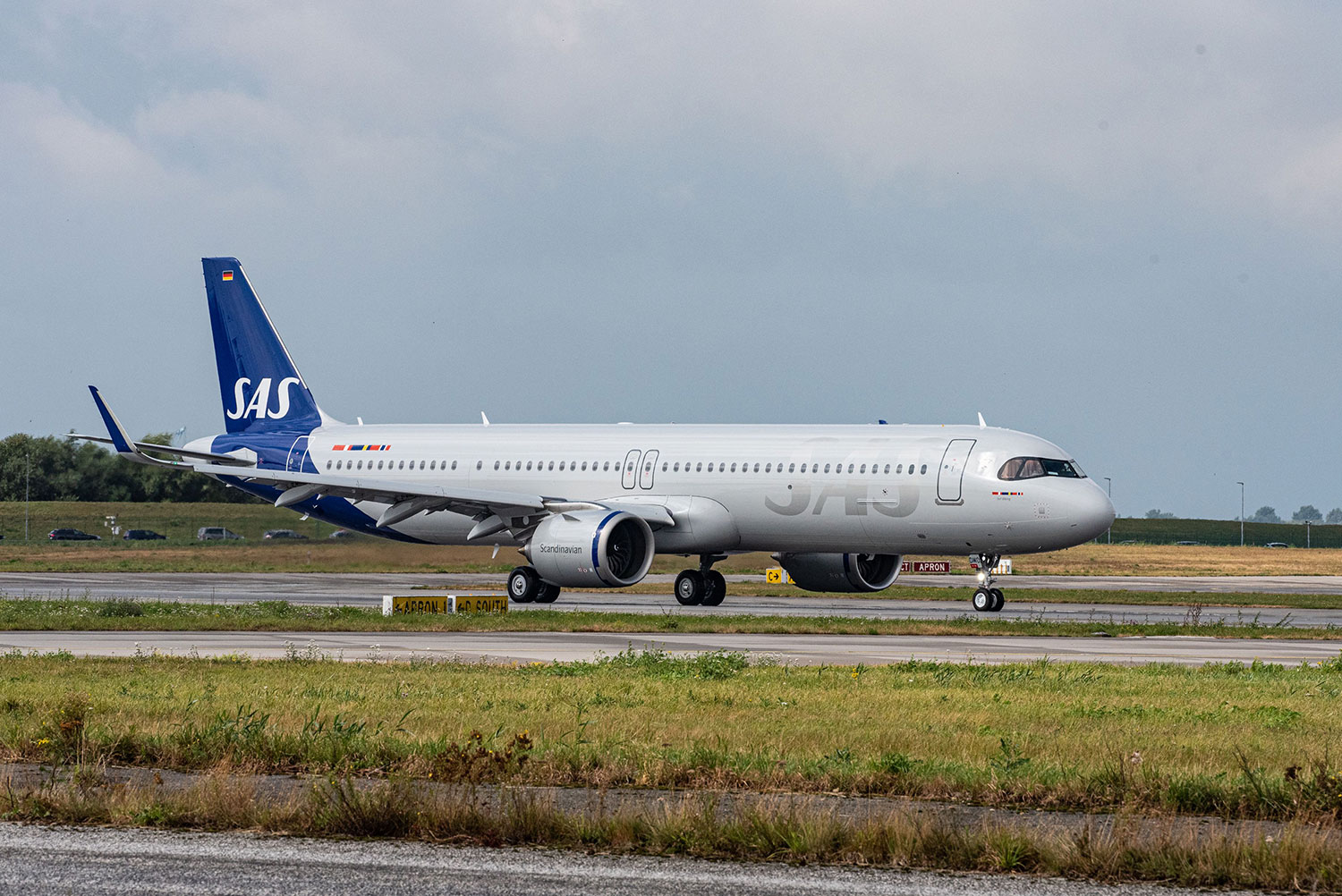
The national carrier of Scandinavia has been focussing on its profitability and network through lockdown. It has begun retiring more of its older fleet, and focussing on newer models like the Airbus A320neo and A350, of which the latter are being used on its streamlined long-haul network, adding new links to the USA.
Korean Air
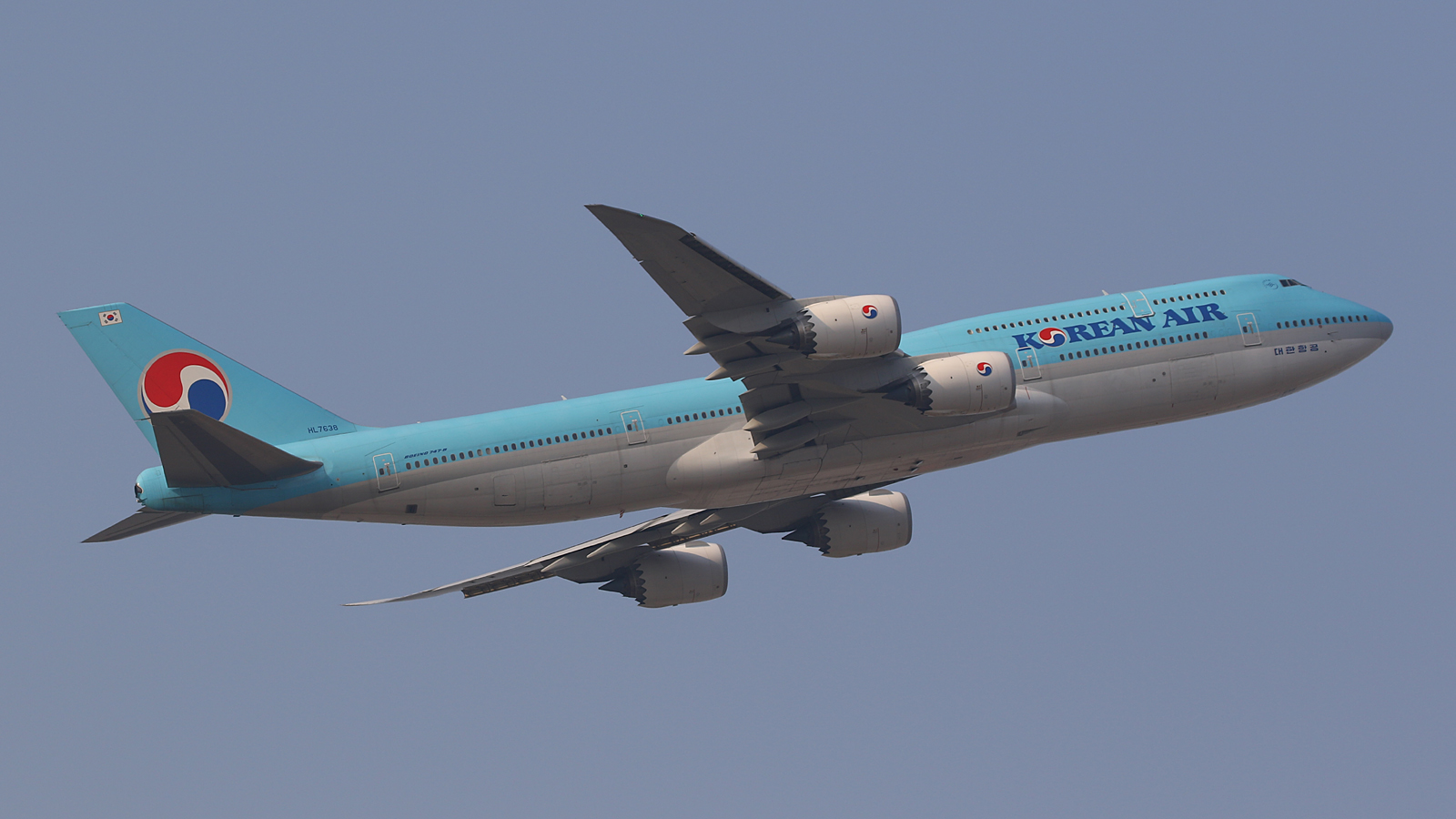
Korean Air 747-8I HL7638. Photo (c) Erik Ritterbach
When the lockdowns hit, Korean Air went quiet, grounding its fleet and cutting most of its network. Then came the news that it was to acquire rival Asiana Airlines to create a South Korean mega carrier. This makes it one to watch for the future, as the fleets and operations merge and hopefully create something special.
Ethiopian Airlines
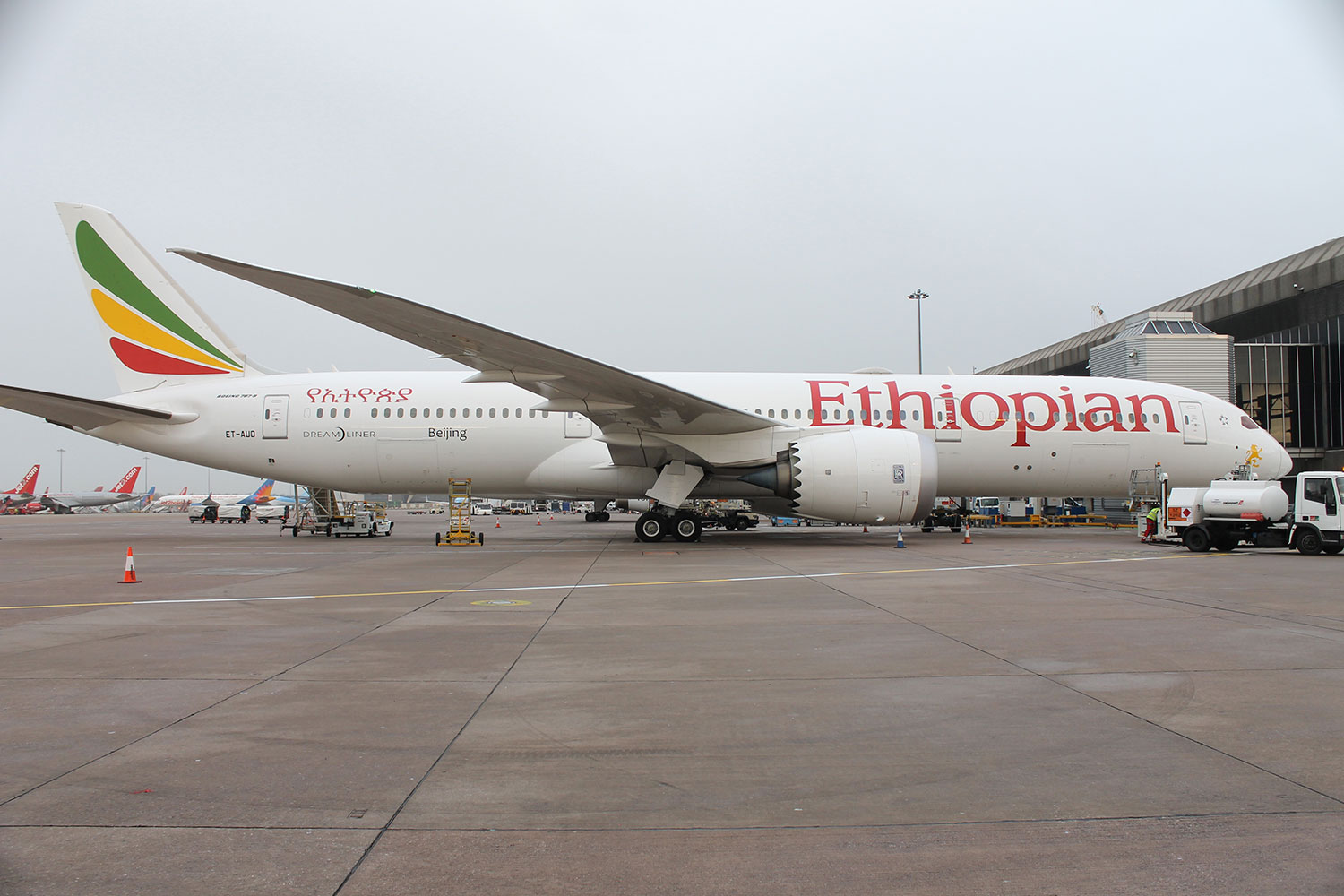
Africa’s remarkable airline success story. Ethiopian Airlines continues to modernise and improve its onboard service despite the problems aviation has faced. It has managed to maintain a skeleton network and is slowly resuming. Its modern fleet of Airbus A350 and Boeing 787 aircraft are comfortable to fly on, Addis Ababa is a modern airport, and its route network is expansive.
China Southern Airlines
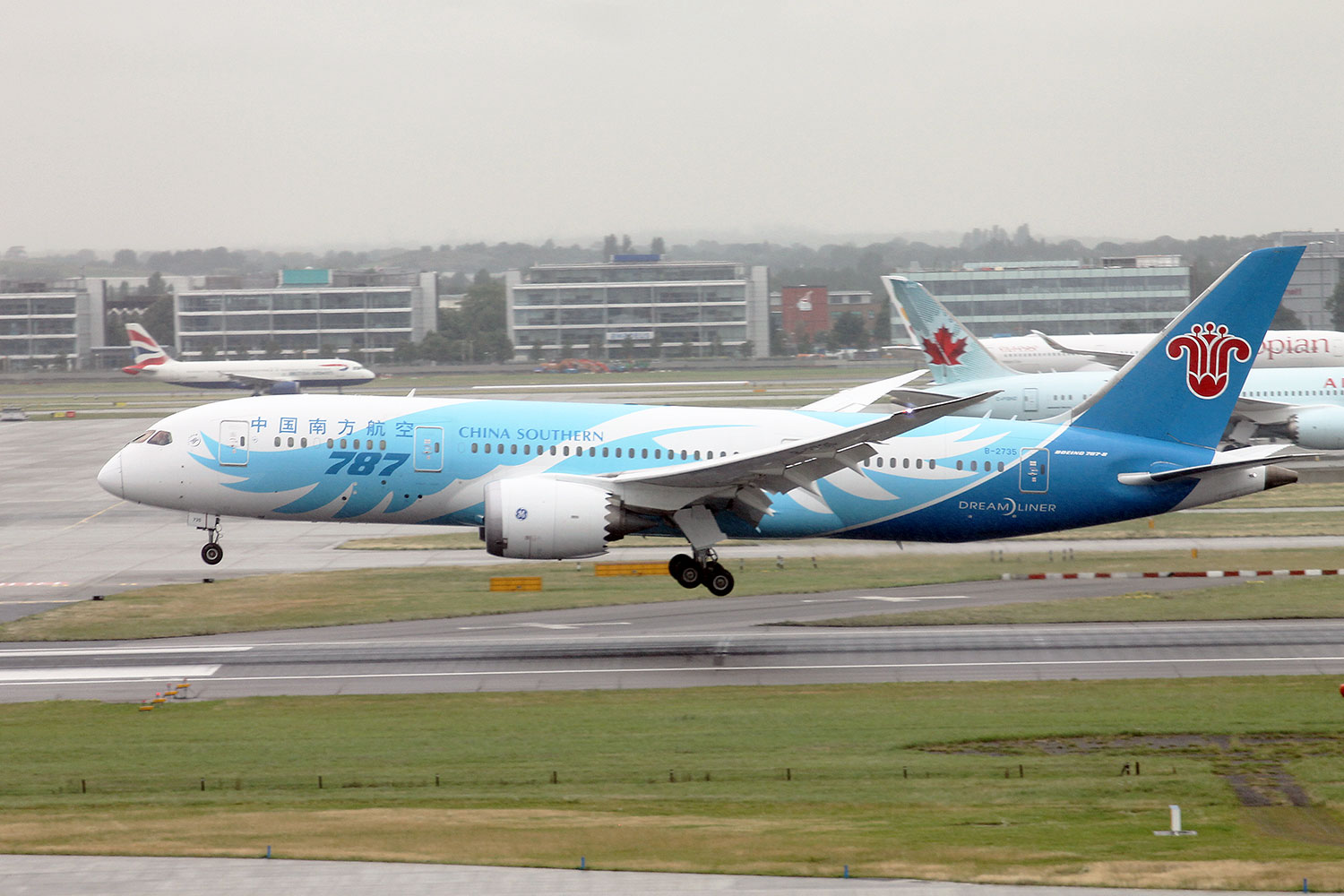
China was one of the first countries to return to some form of normality following the Covid pandemic. As a result, air travel bounced back fairly quickly. China Southern is one of the country’s best airlines, and has a strong domestic network. The airline also remains committed to its Airbus A380 fleet, which is a joy to hear!
El Al

Prior to Covid, El Al had experienced a mixed bag of luck. It had been modernising its fleet and growing its network, but also saw financial troubles and potential bankruptcy. Now under new ownership and, domestic troubles aside, is poised to resume its growth and long-haul network in particular with its modern Dreamliners.
Eurowings
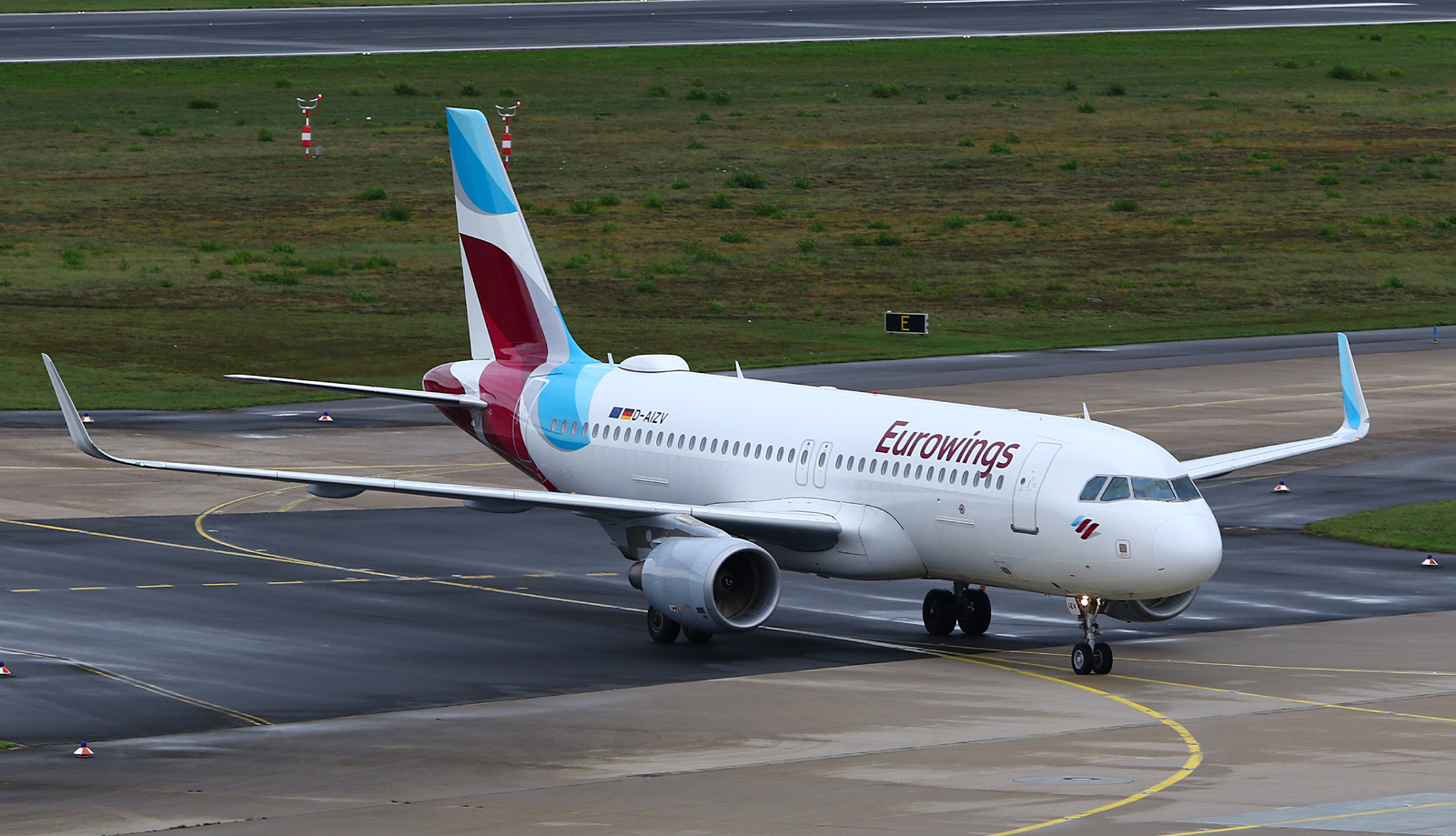
Photo (c) Erik Ritterbach
Now more streamlined than before lockdown, Eurowings has focussed on key markets and routes where it can thrive with its low cost leisure focus. It has removed its long-haul network, and much of its Munich route network, but is instead establishing a greater presence at the new Berlin Brandenburg airport and looking to establish new bases outside of Germany. Watch this space!
Which airlines are you looking forward to flying once restrictions lift? Are there any airlines you would add to this list? Leave a comment below!


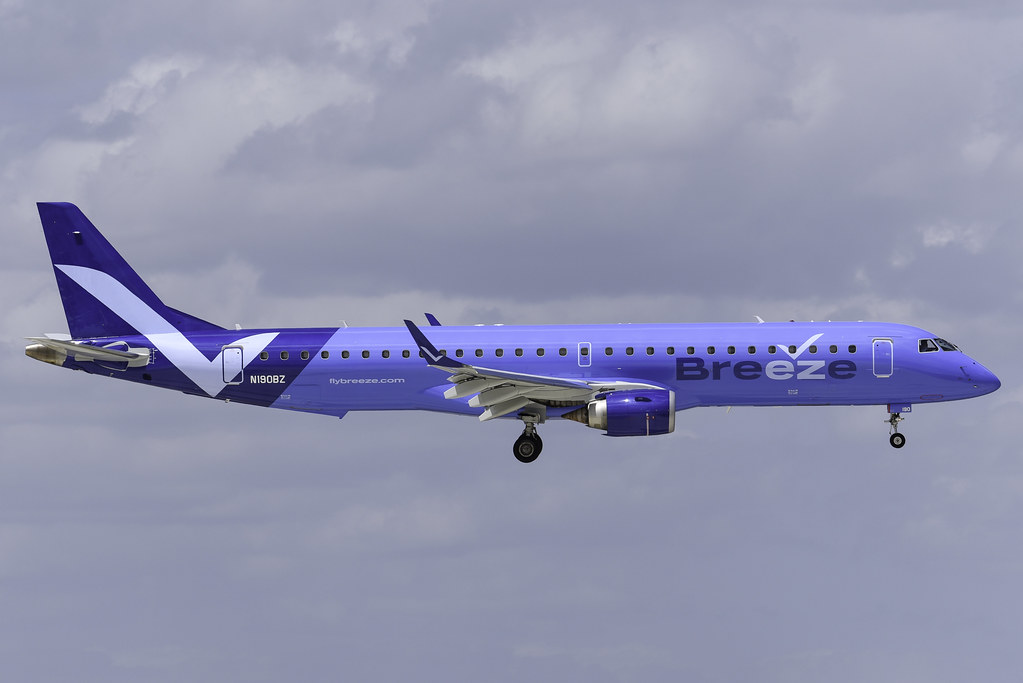
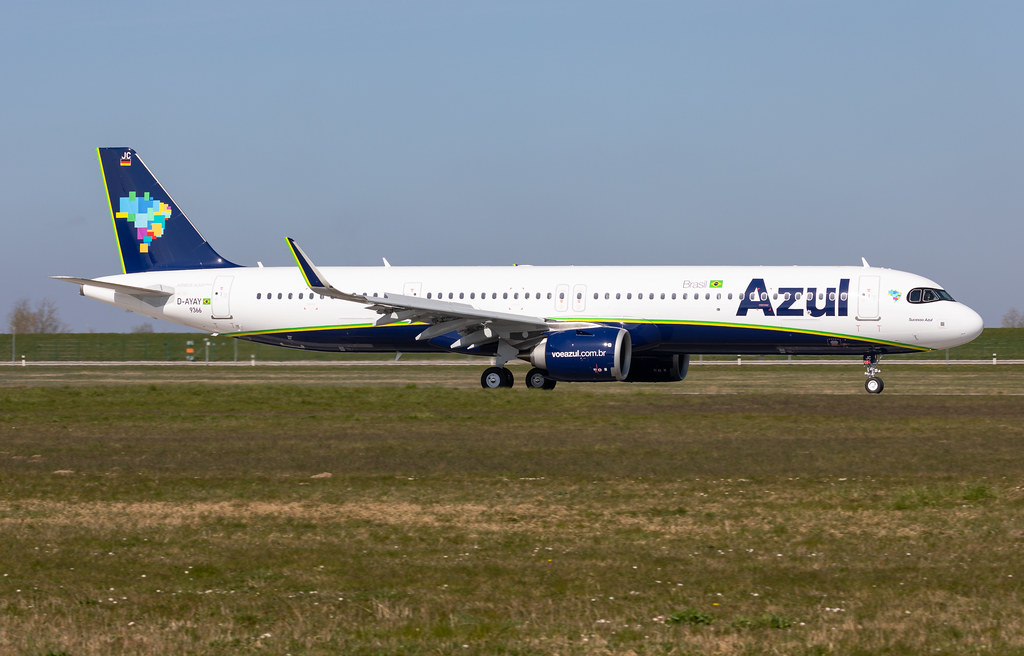
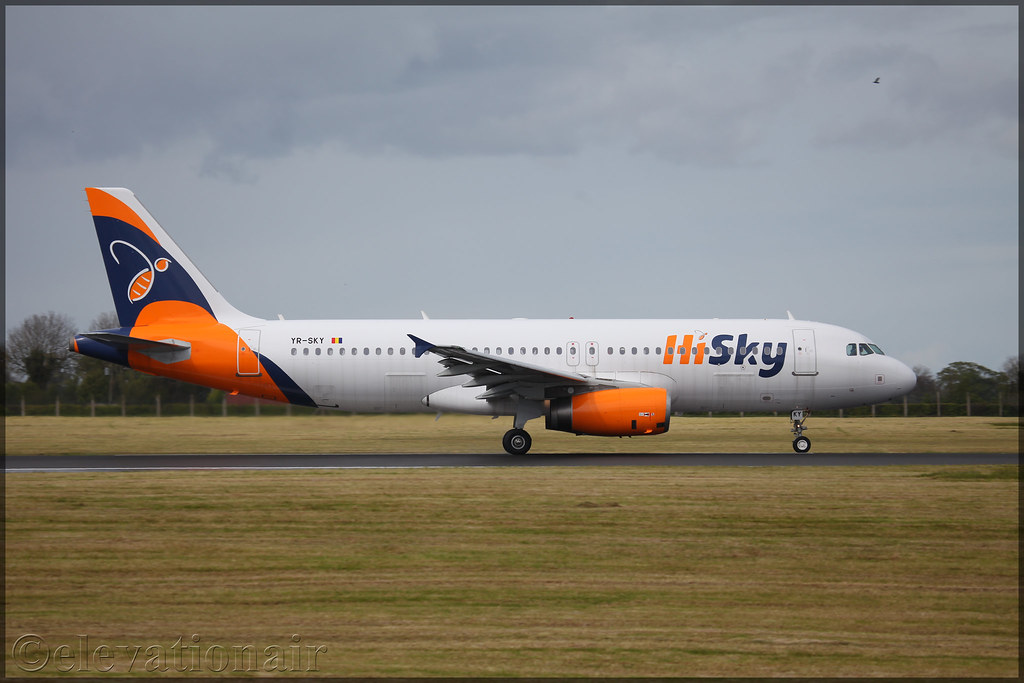

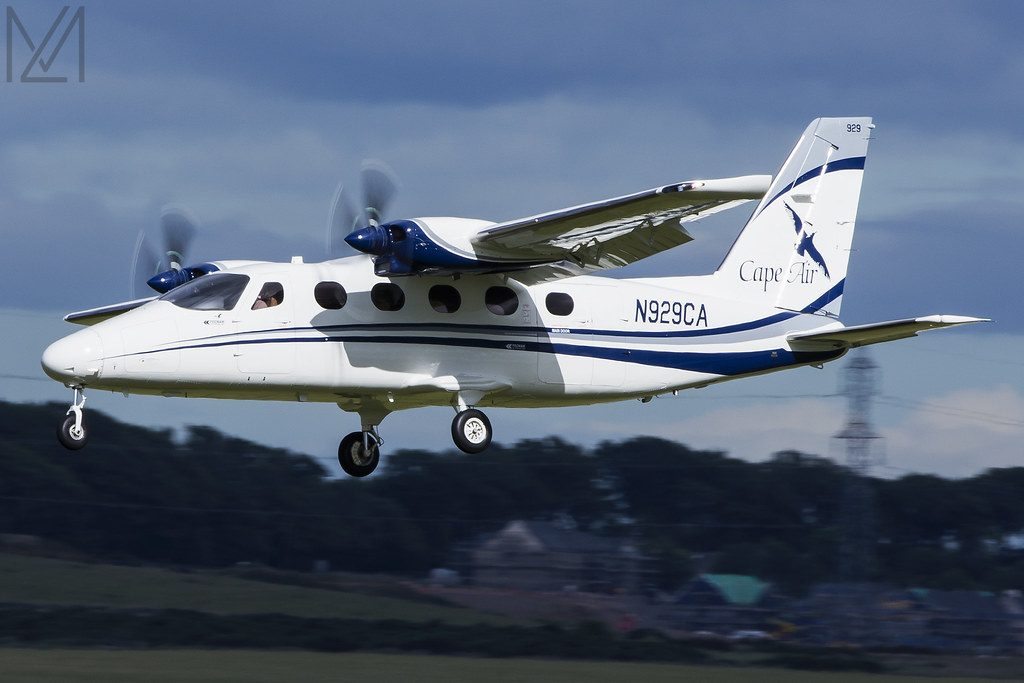




4 comments
Just wanted to see Philippine Airlines again soon after the restrictions are lifted
Westjet no longer a low cost airlines. They are upgrading everything to match Air Canada. That including real Business Class seats, seat back IFE, airport lounges and others. They started a new low cost airlines call Swoop.
What about Air New Zealand ? Never stopped, but reduced and carried freight and medical supplies international. Domestic didn’t stop either. Moth balled the 777 fleet for obvious reasons.
Yes, why not Air New Zealand….comfortable and reliable. Kept New Zealand’s international trade going and uses ONLY 787’s on long distance routes. Hardly missed a beat during COVID.